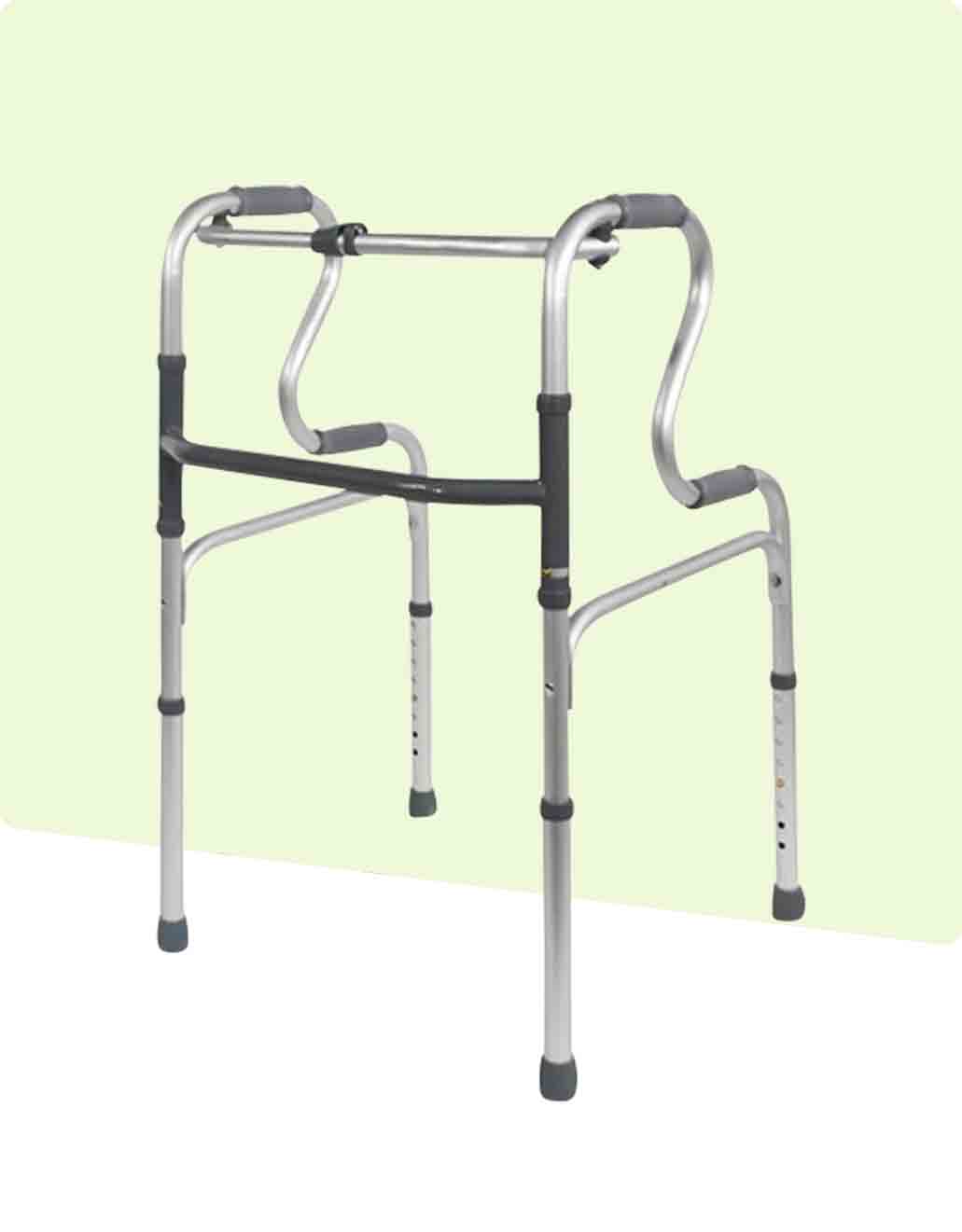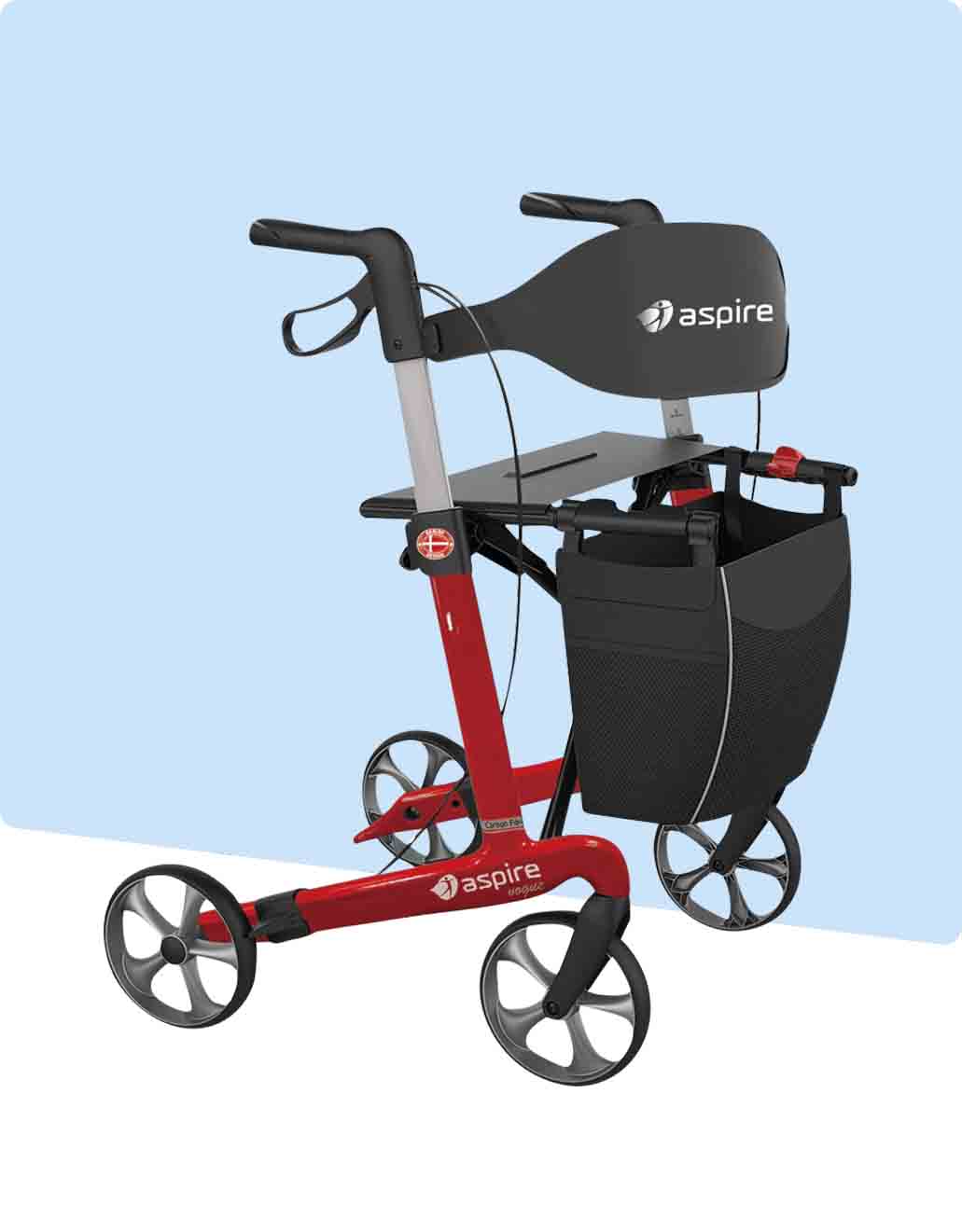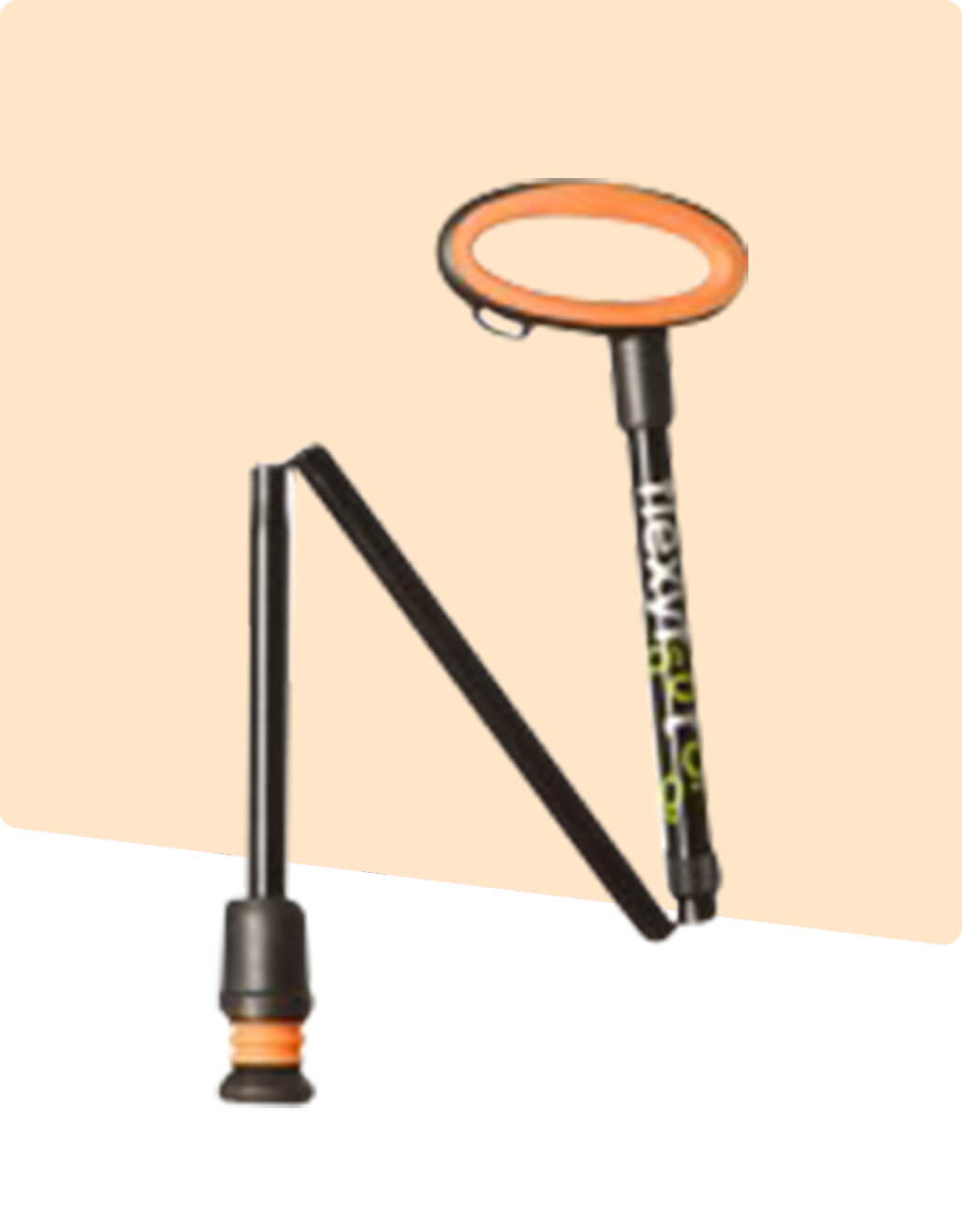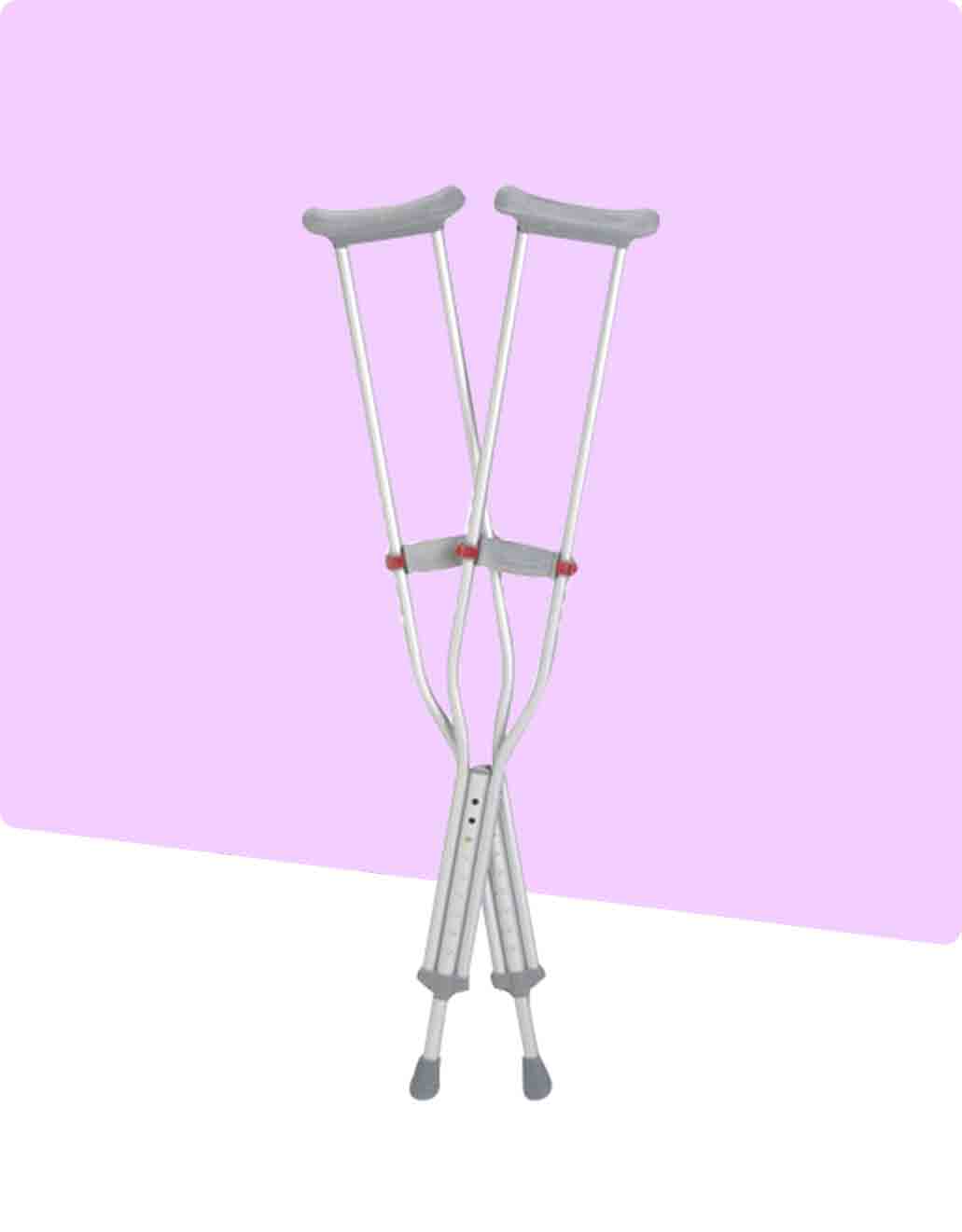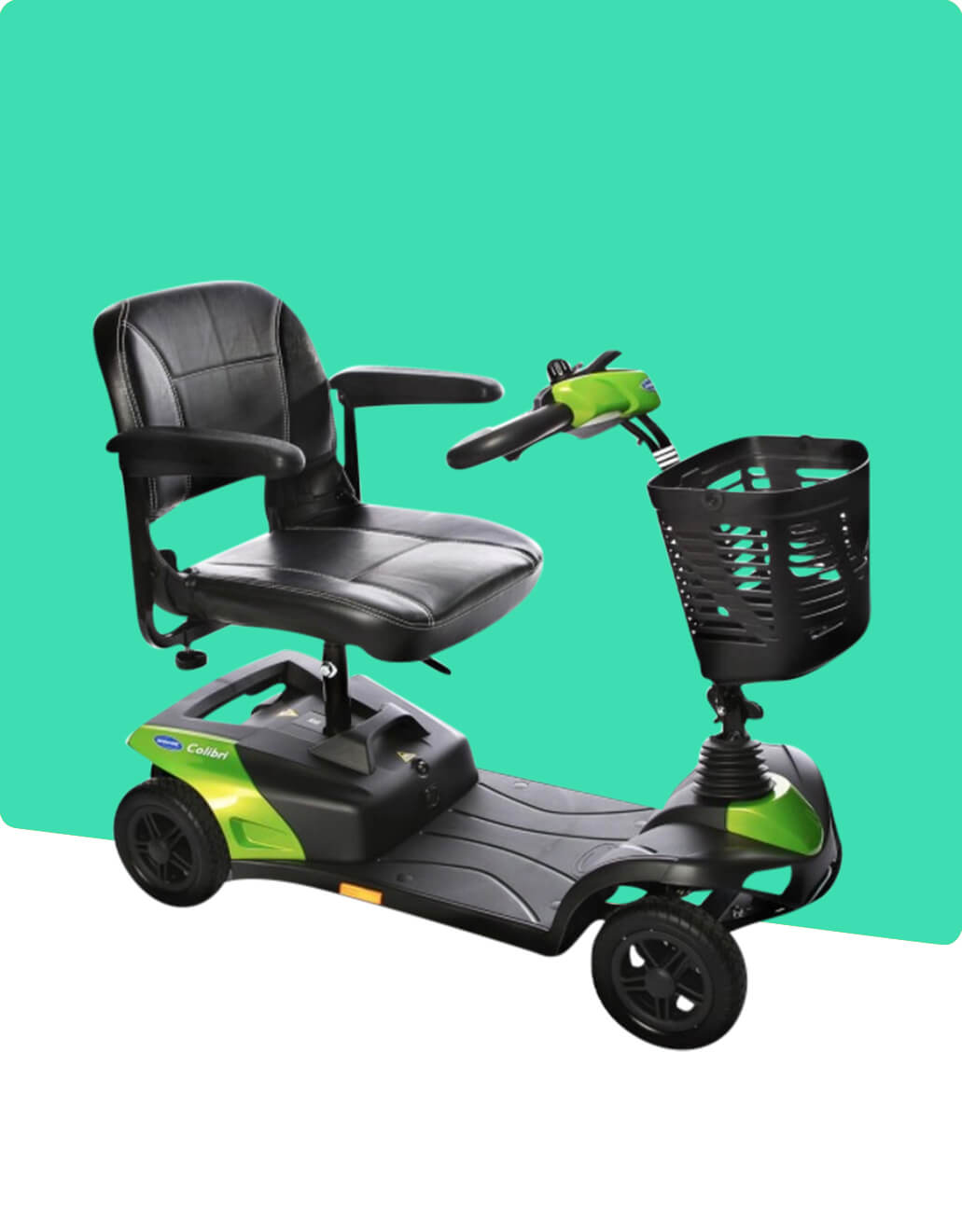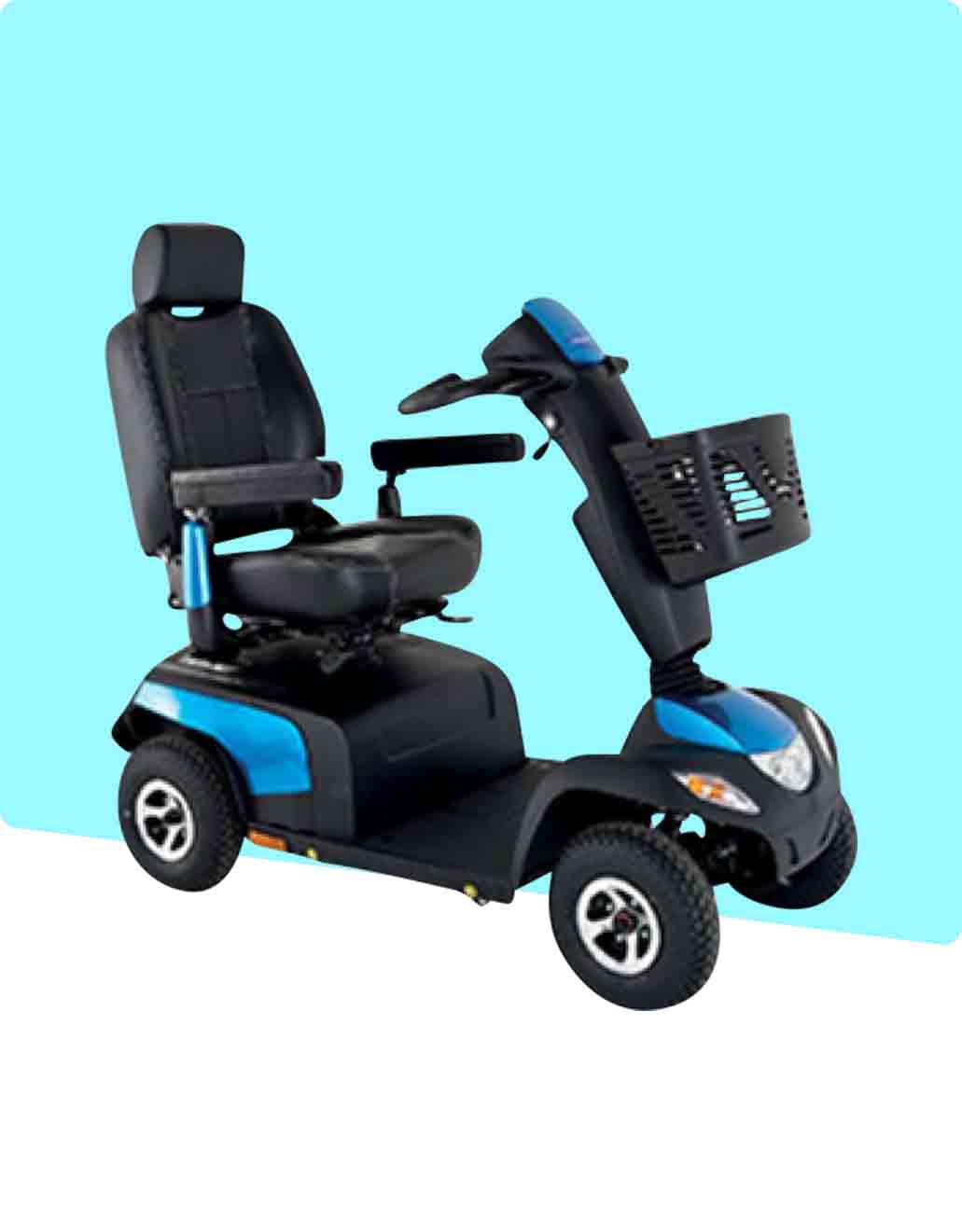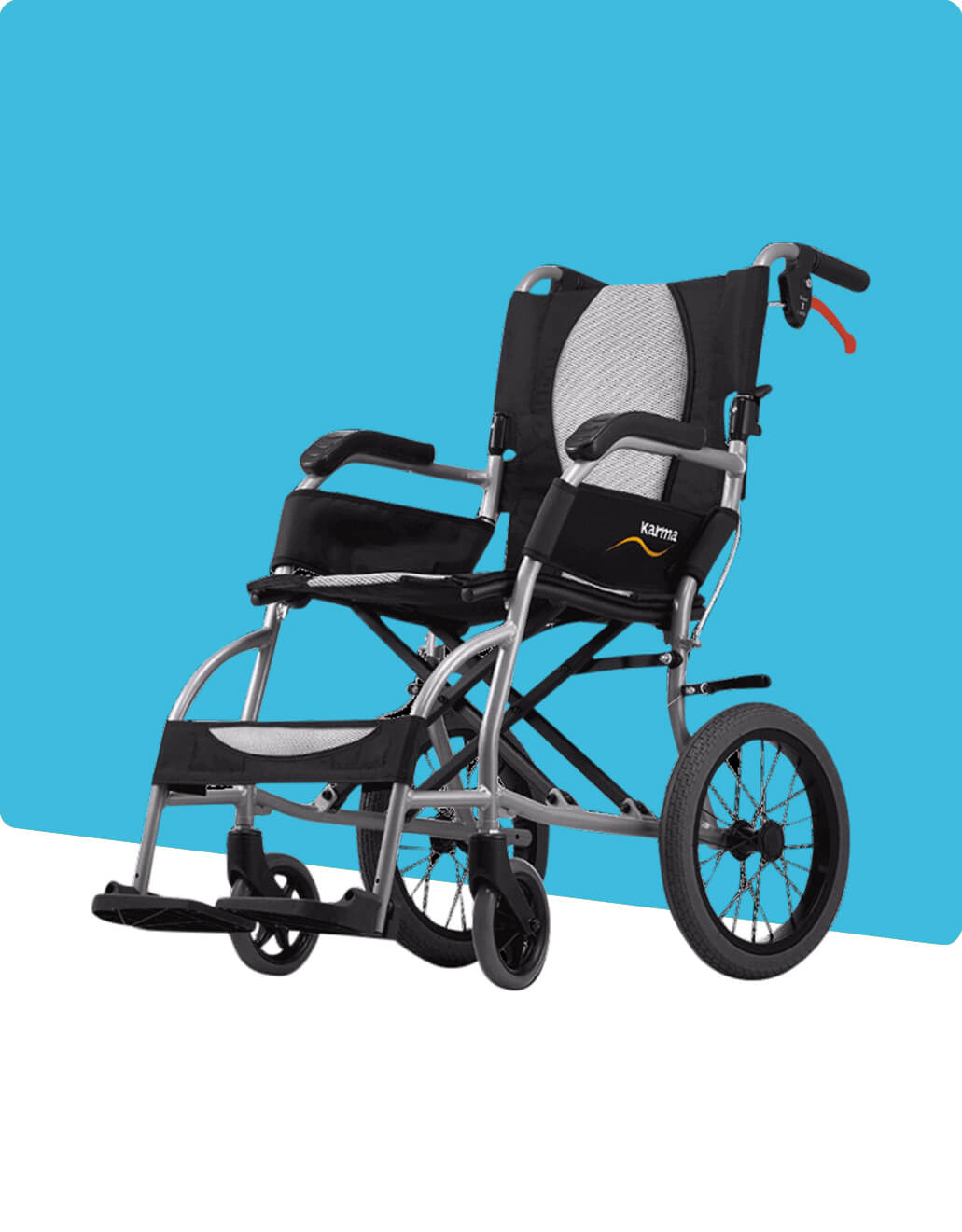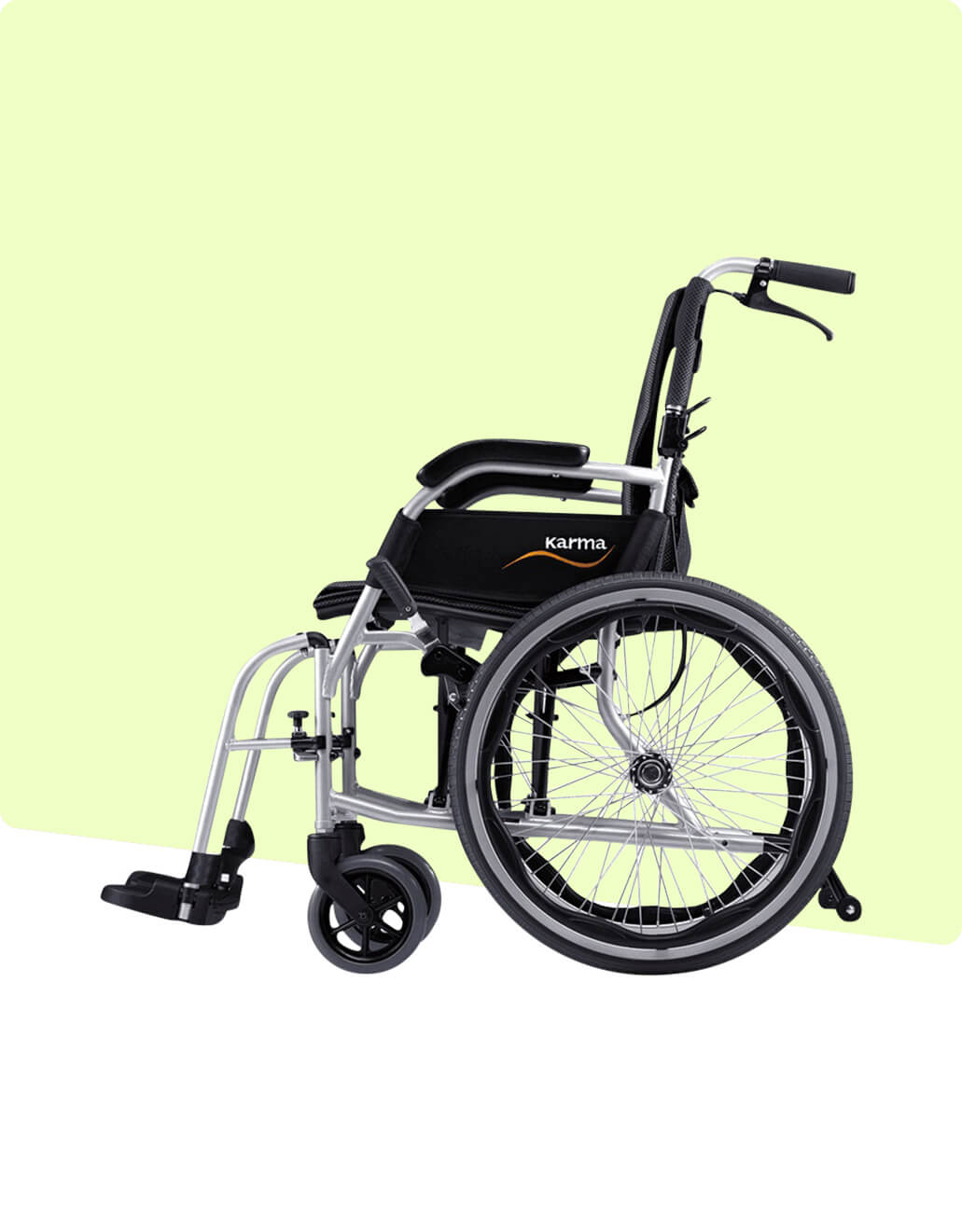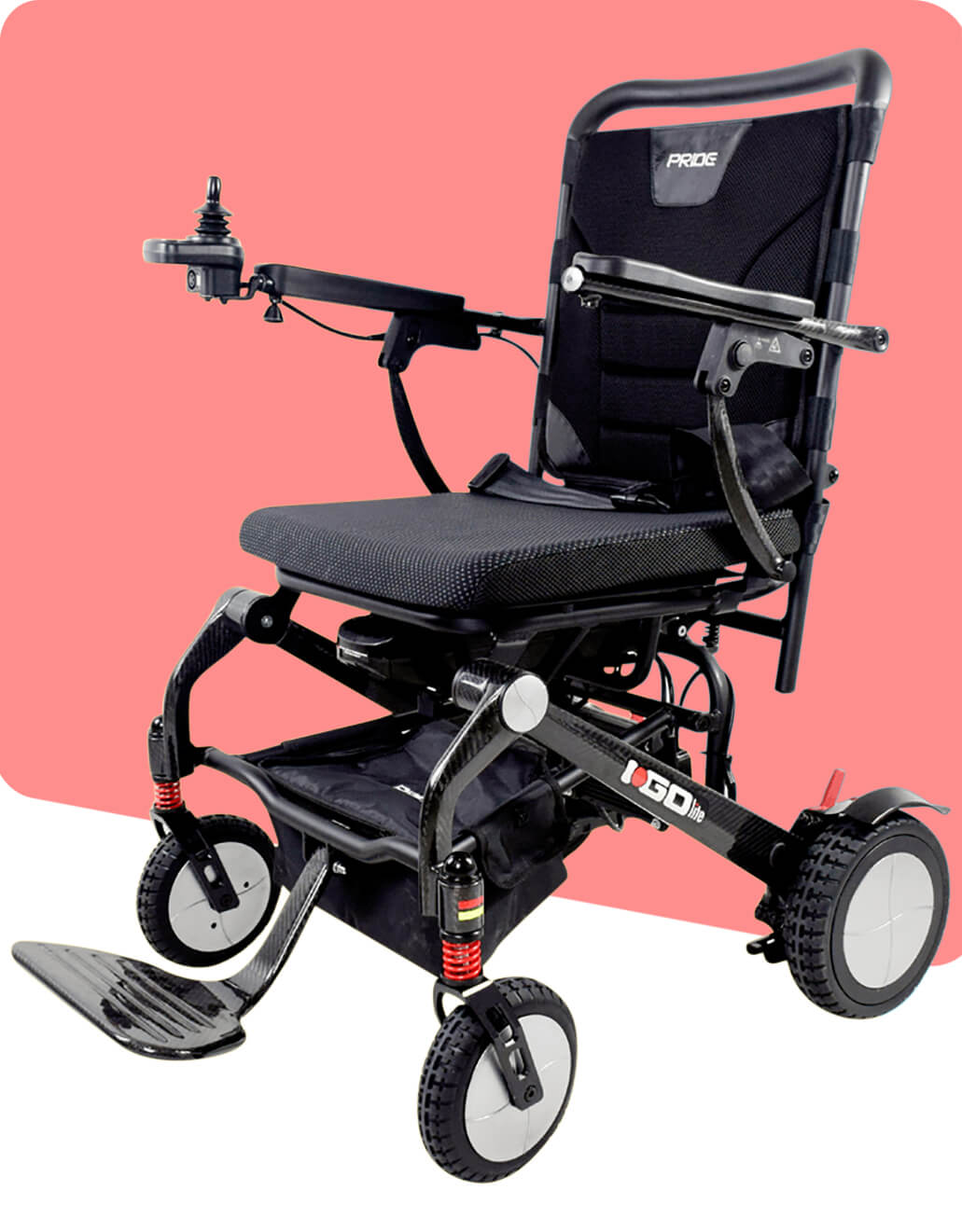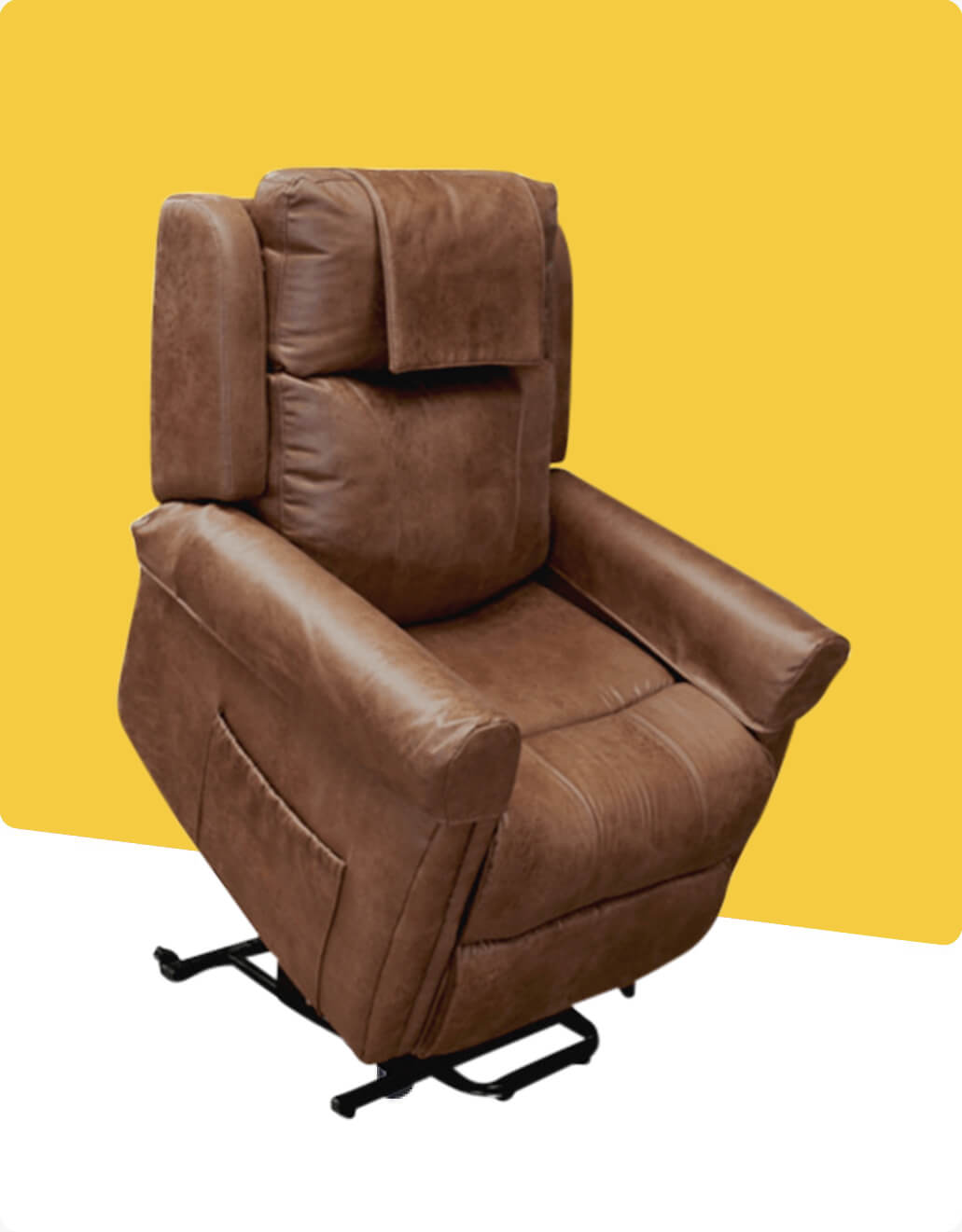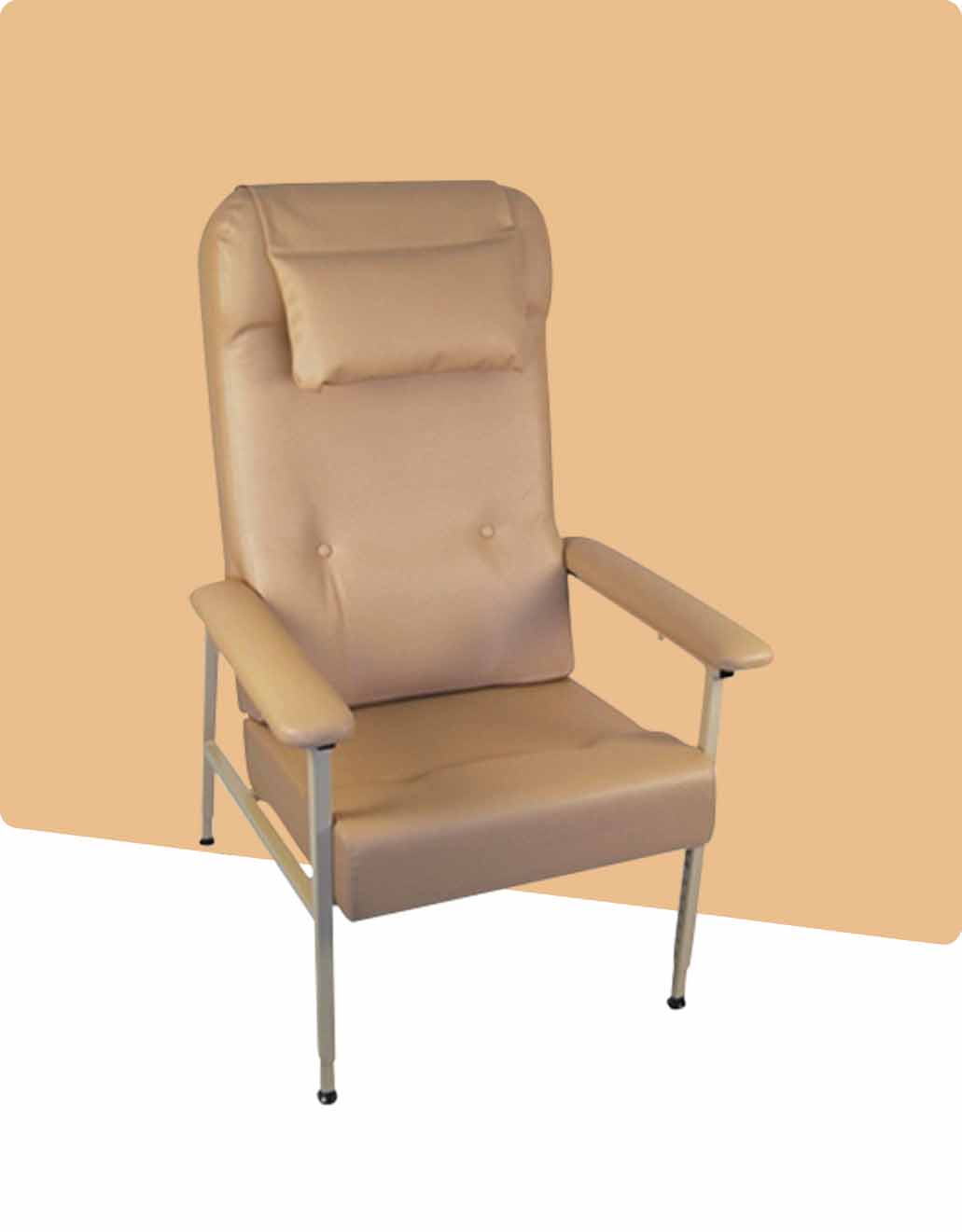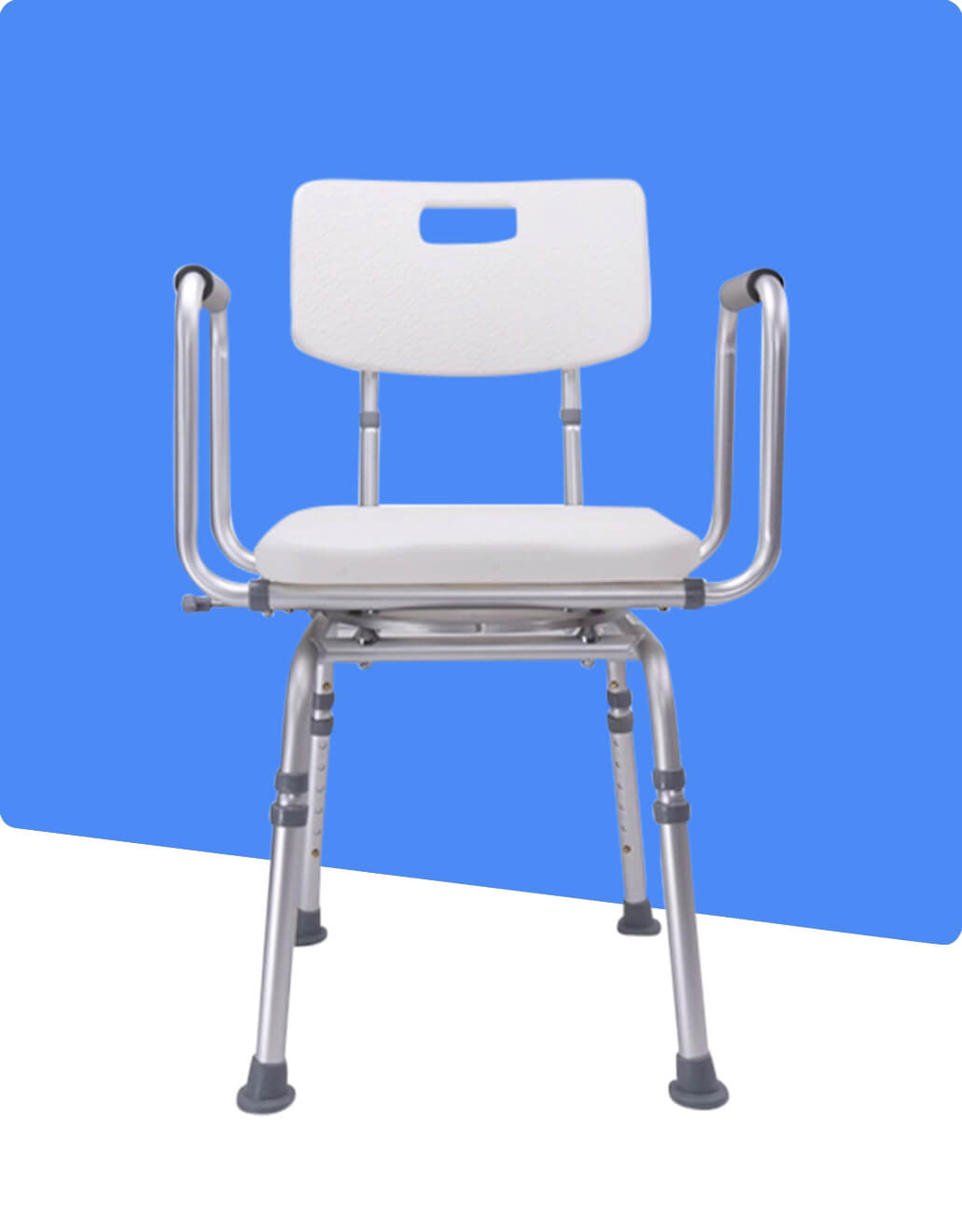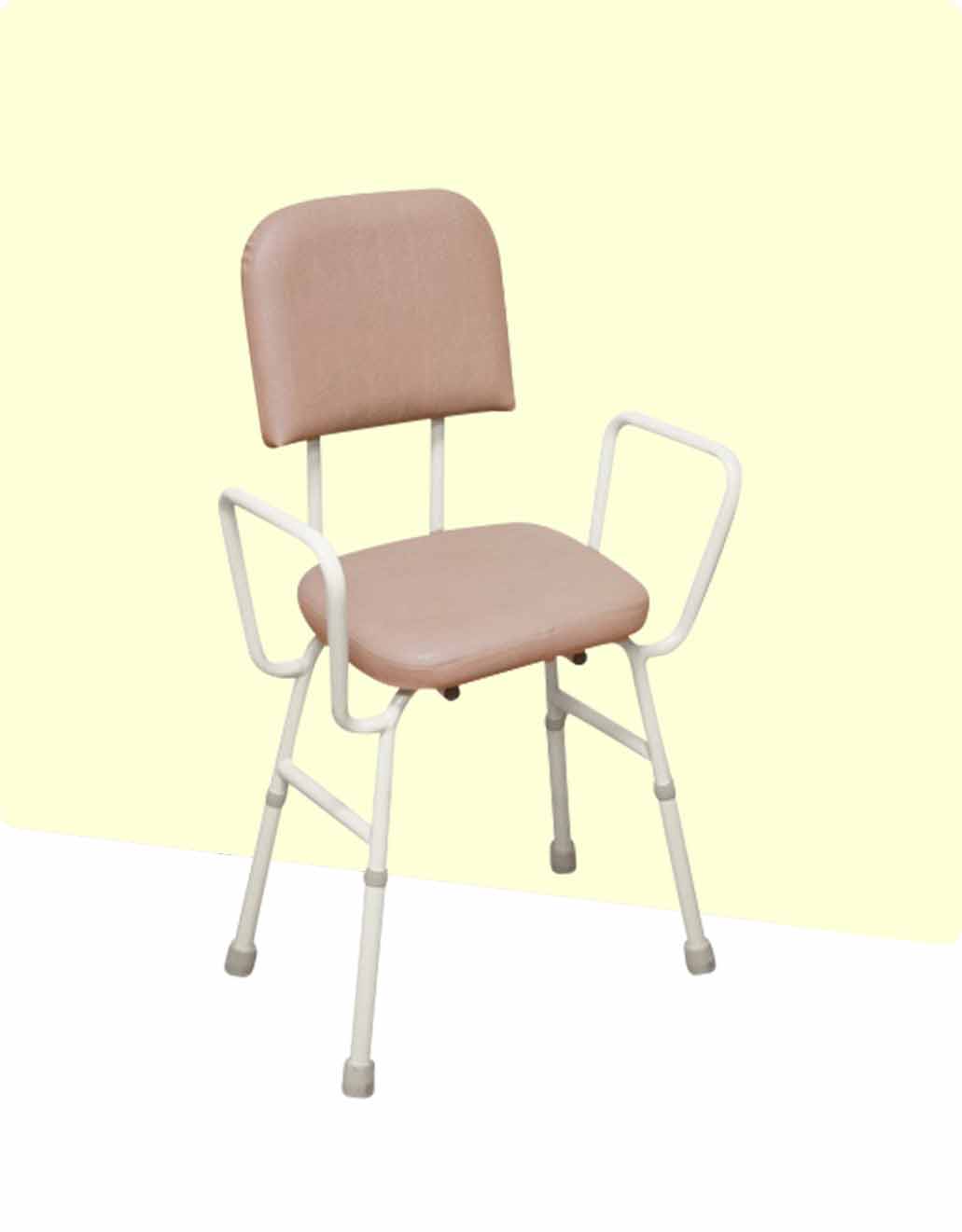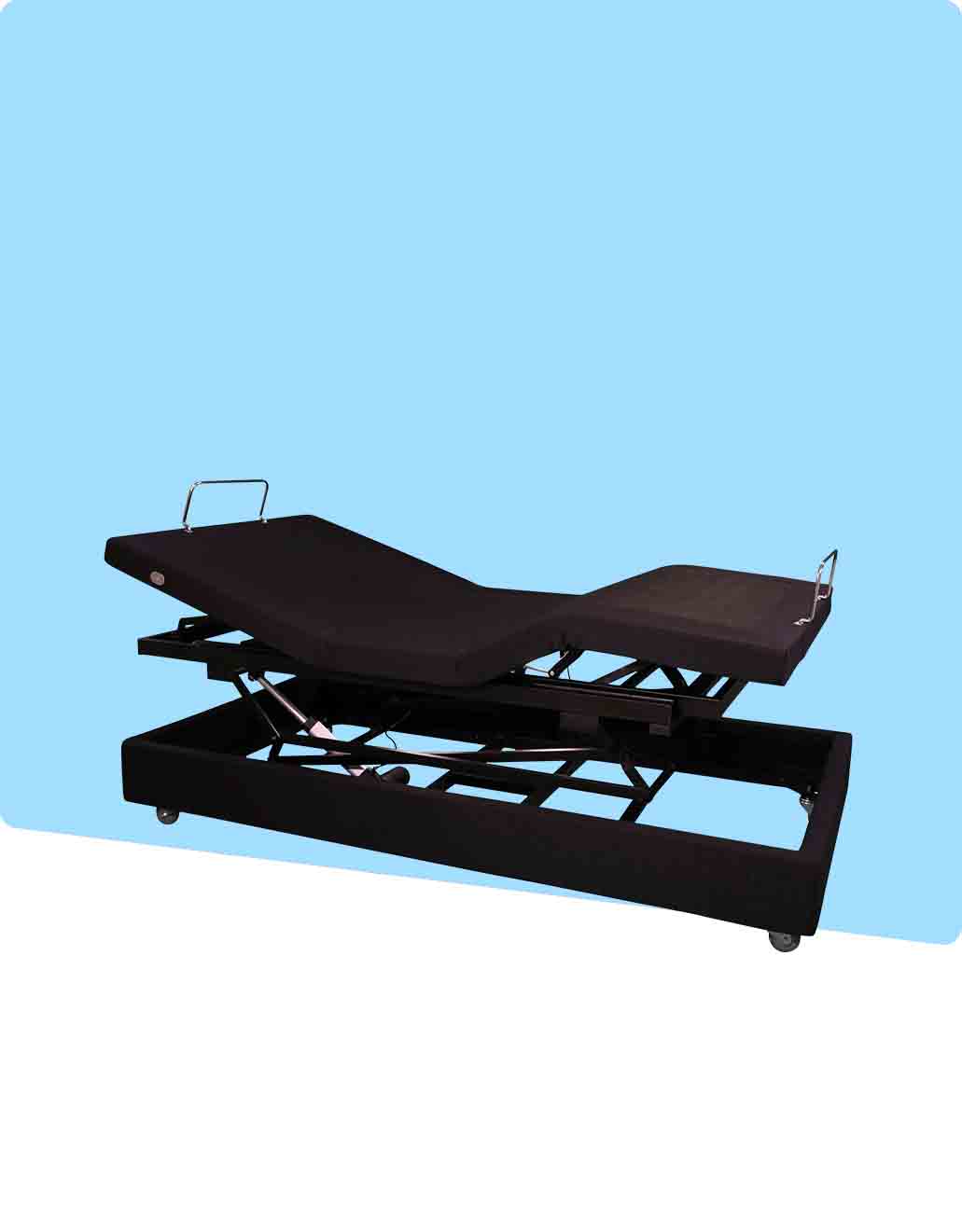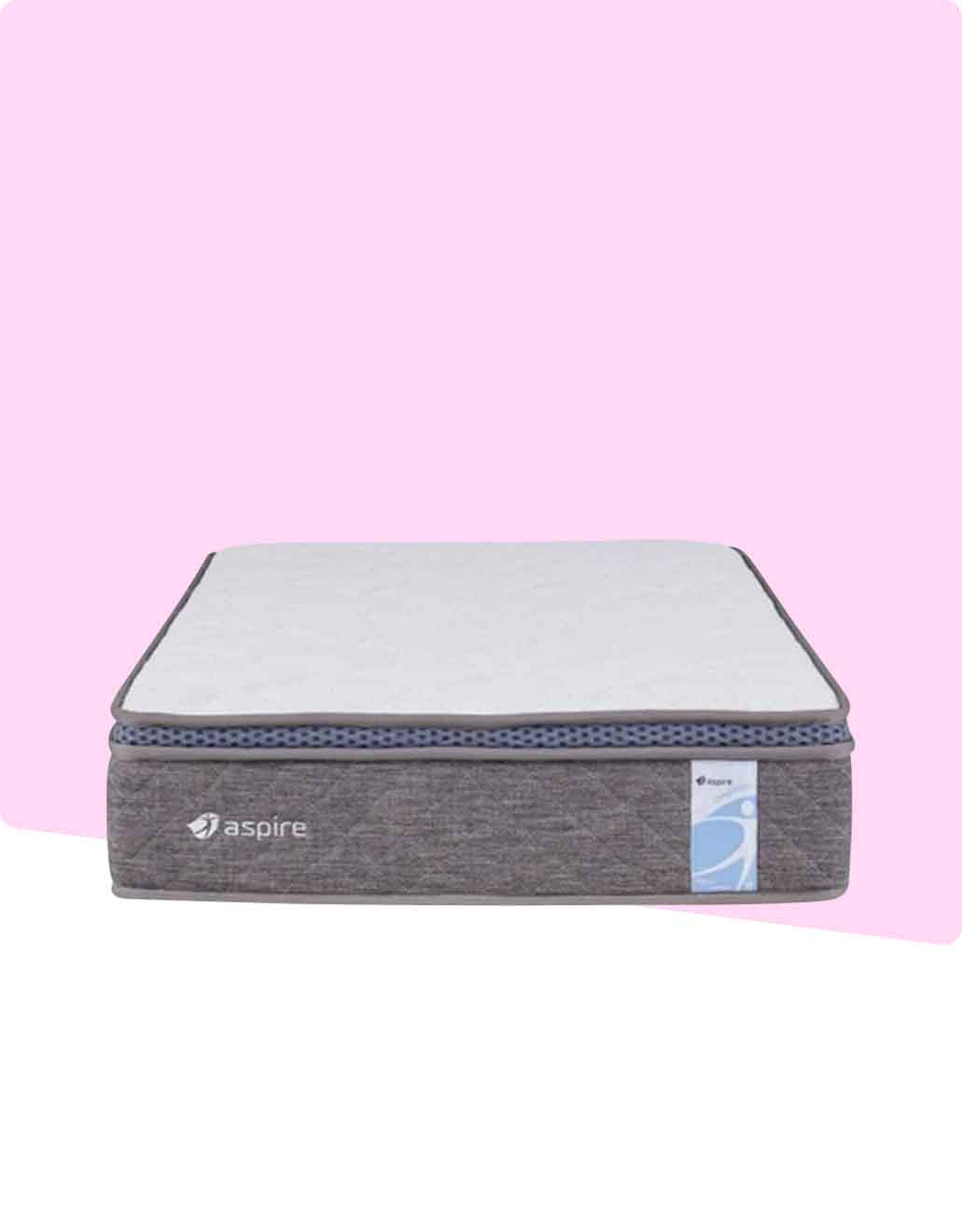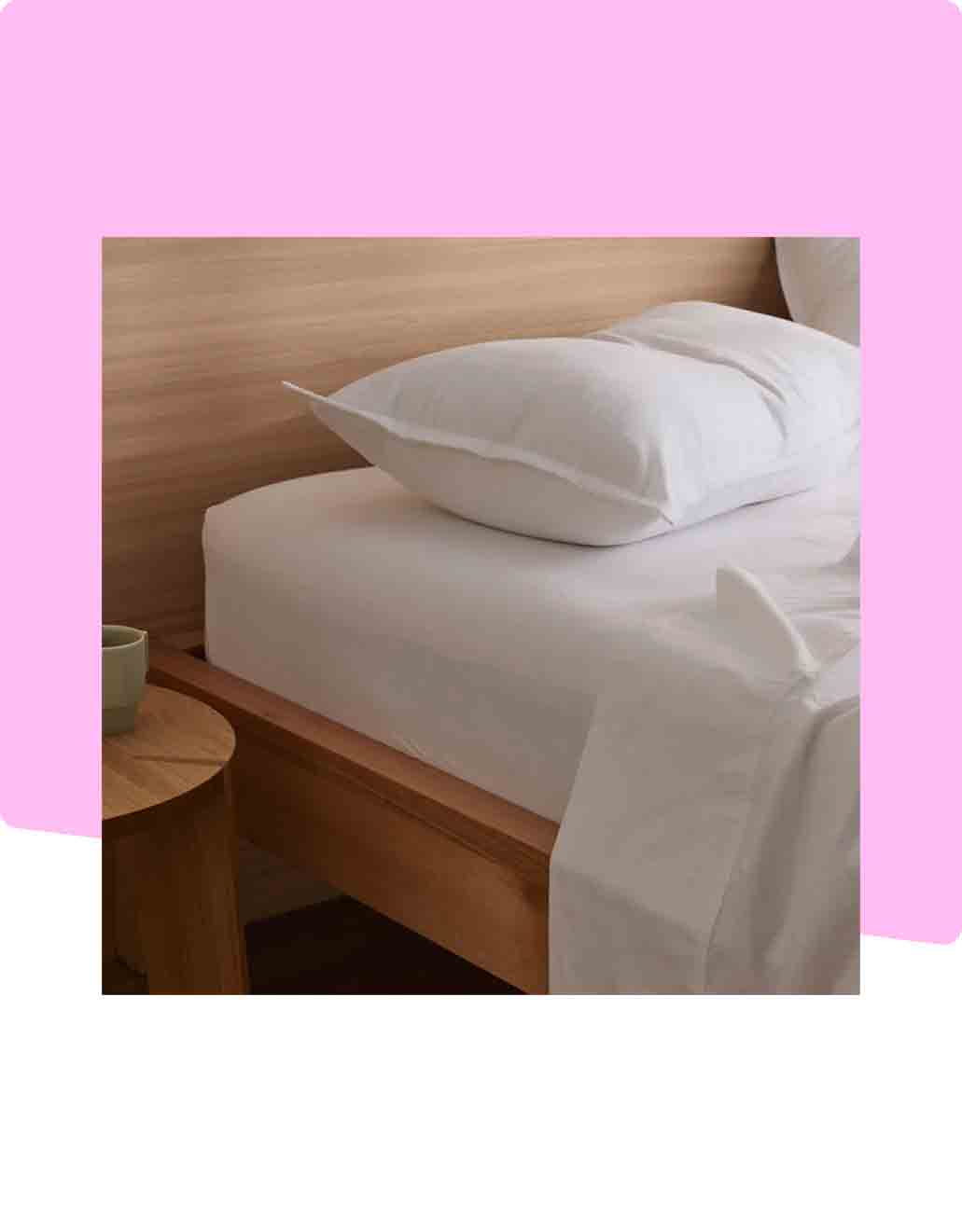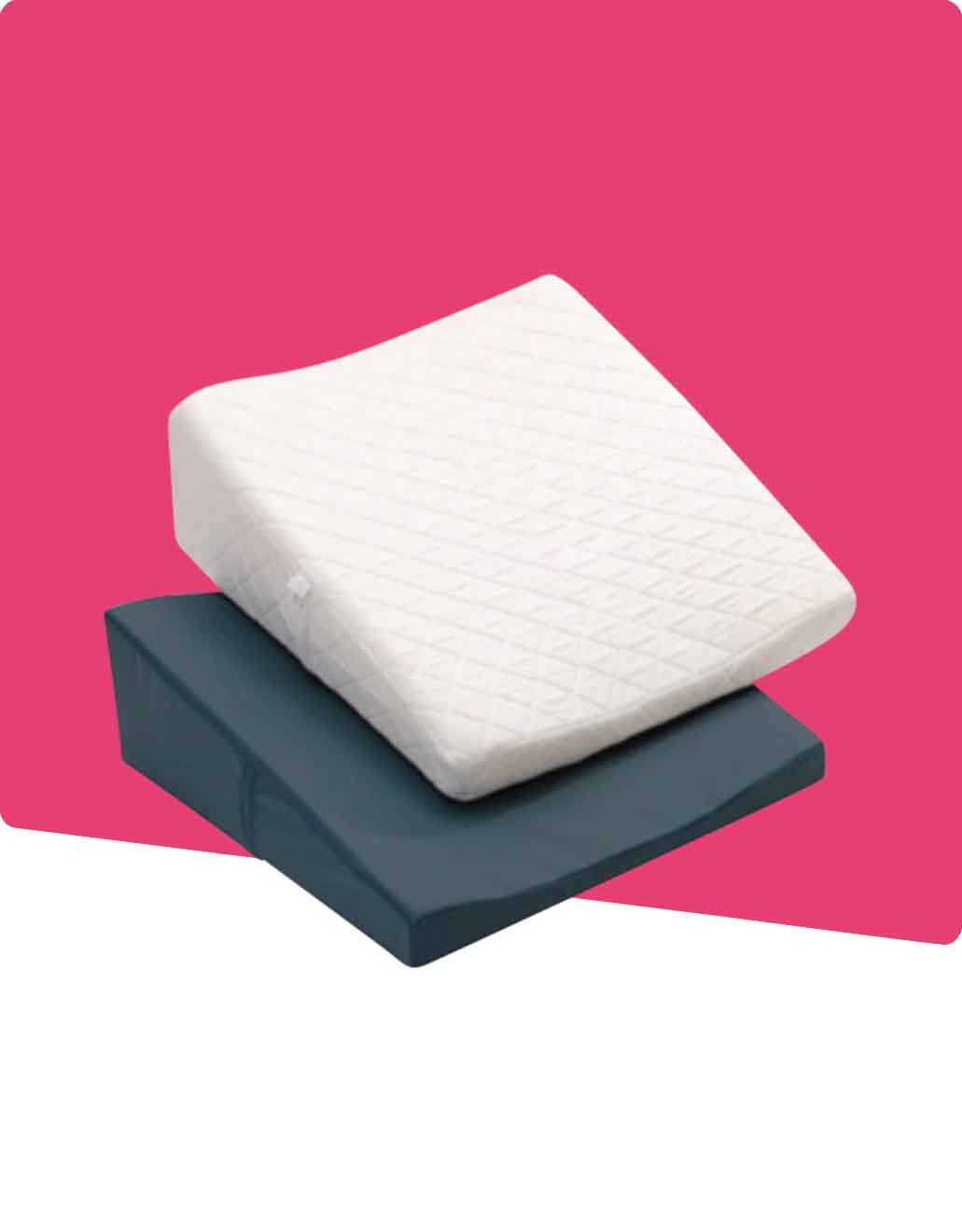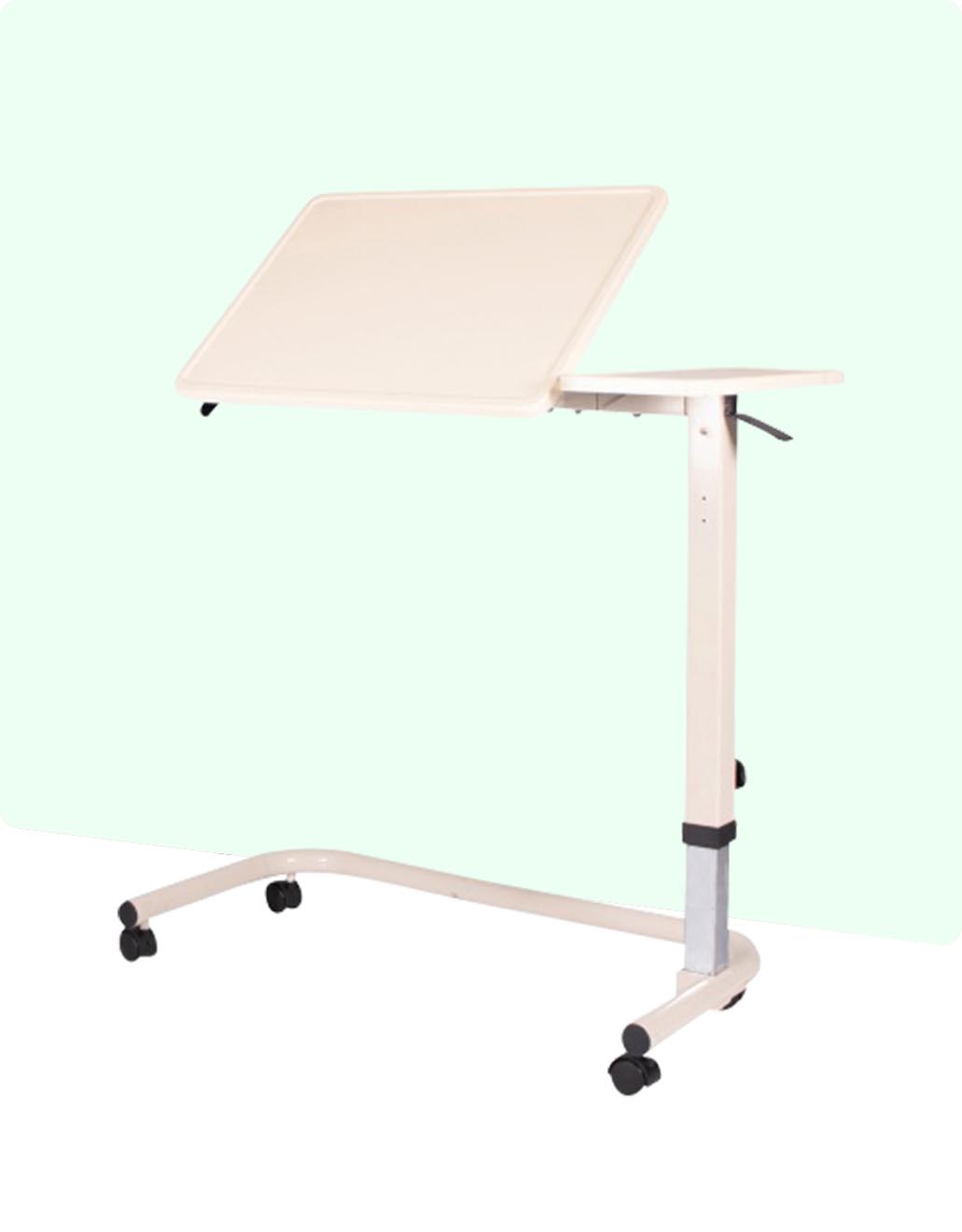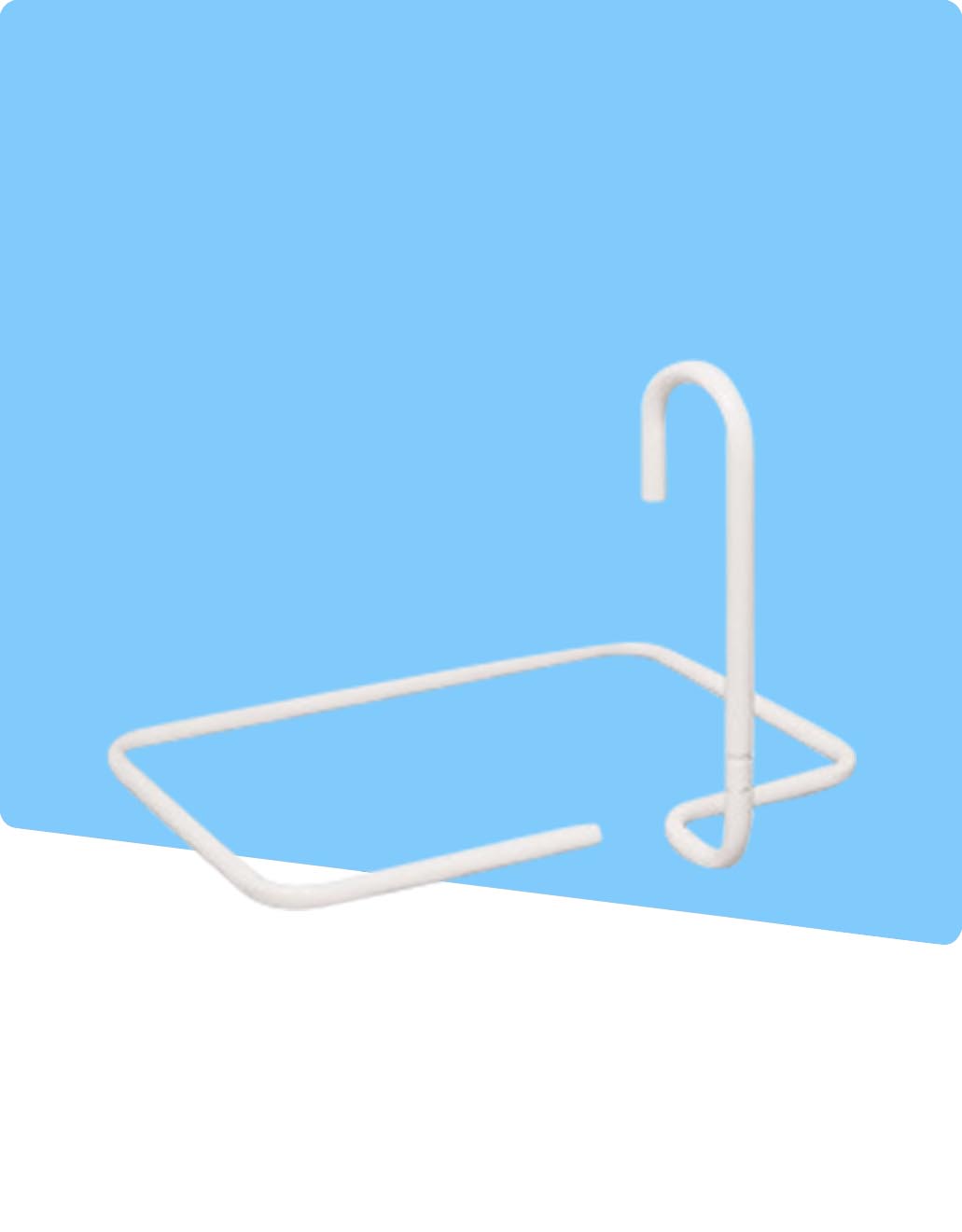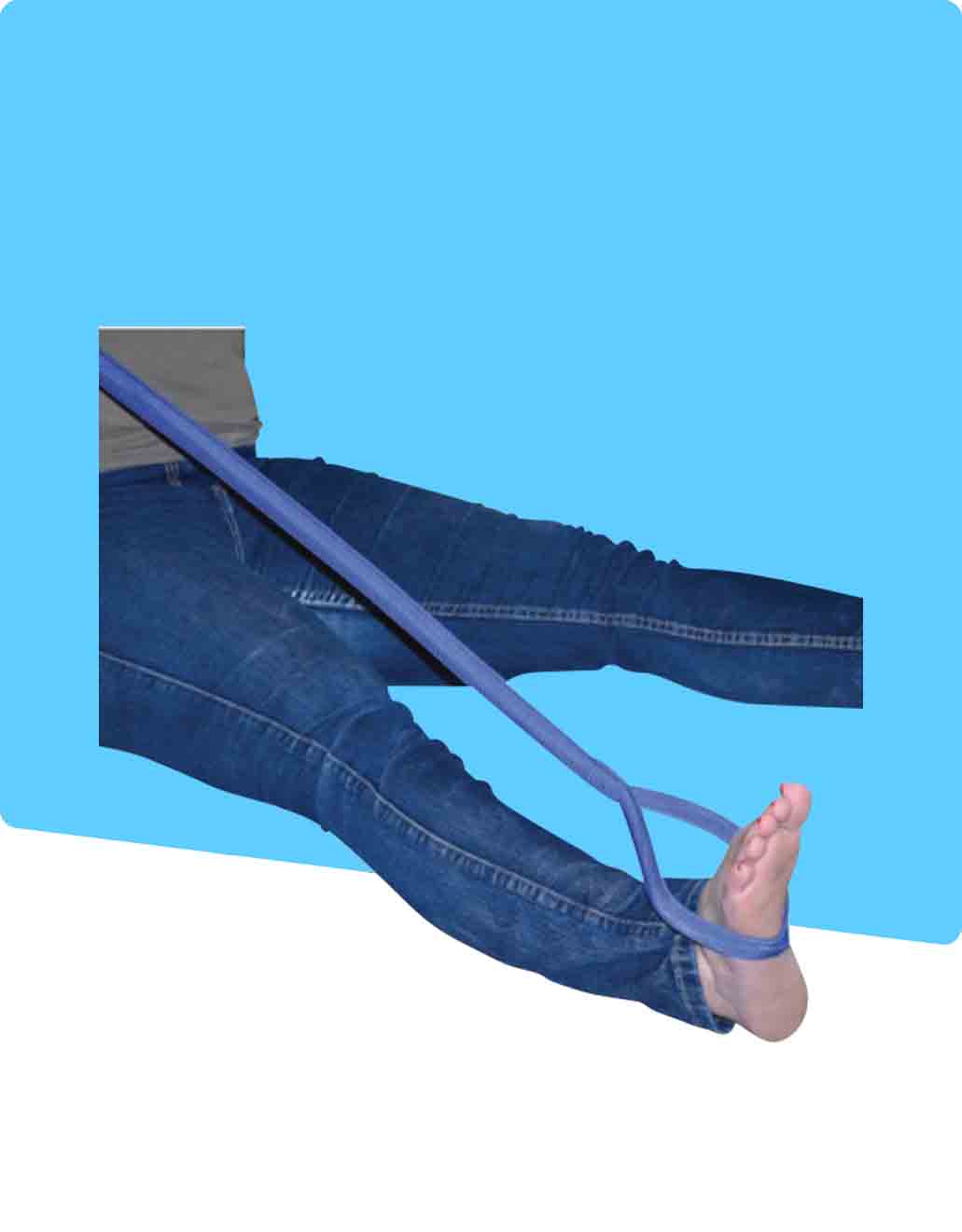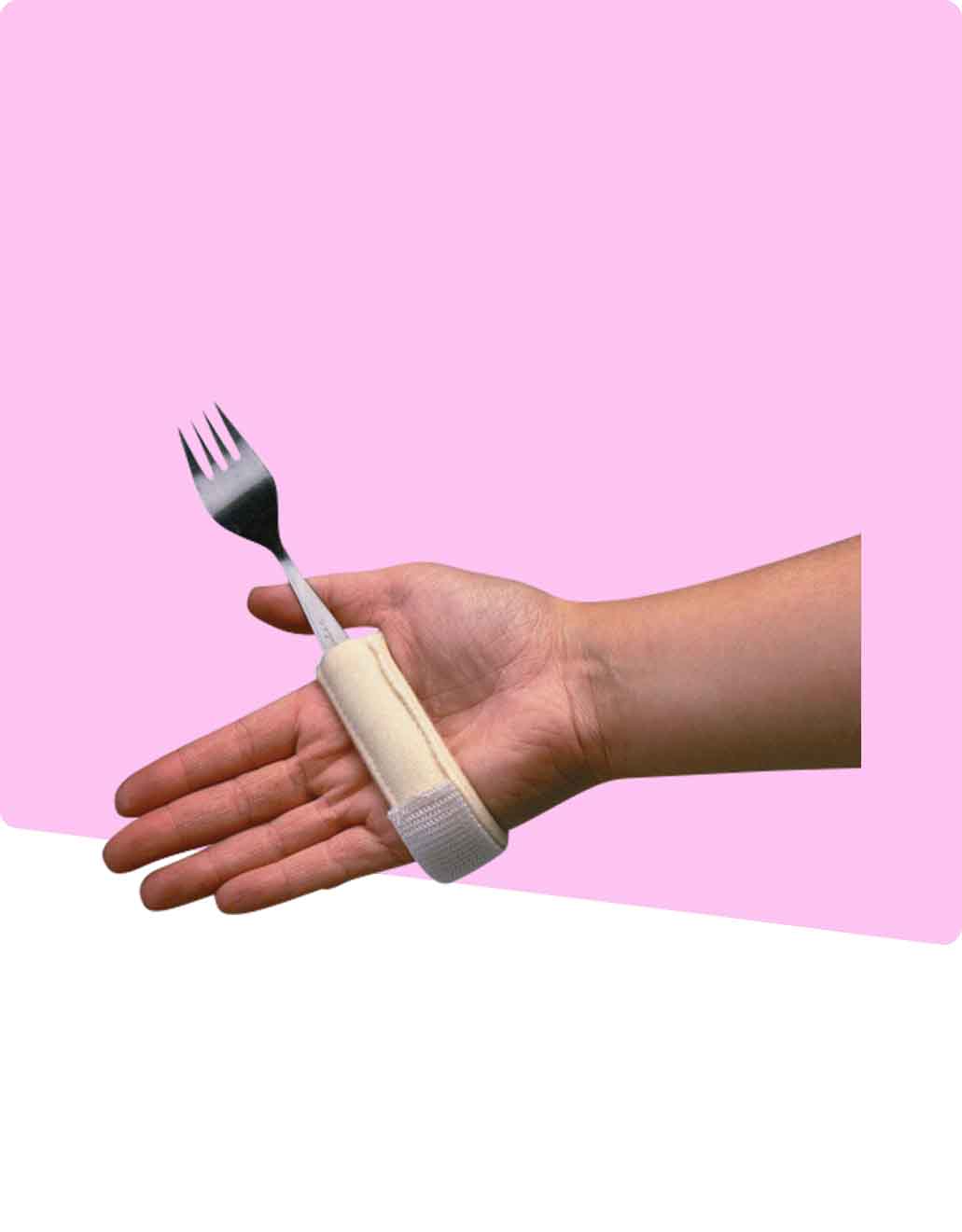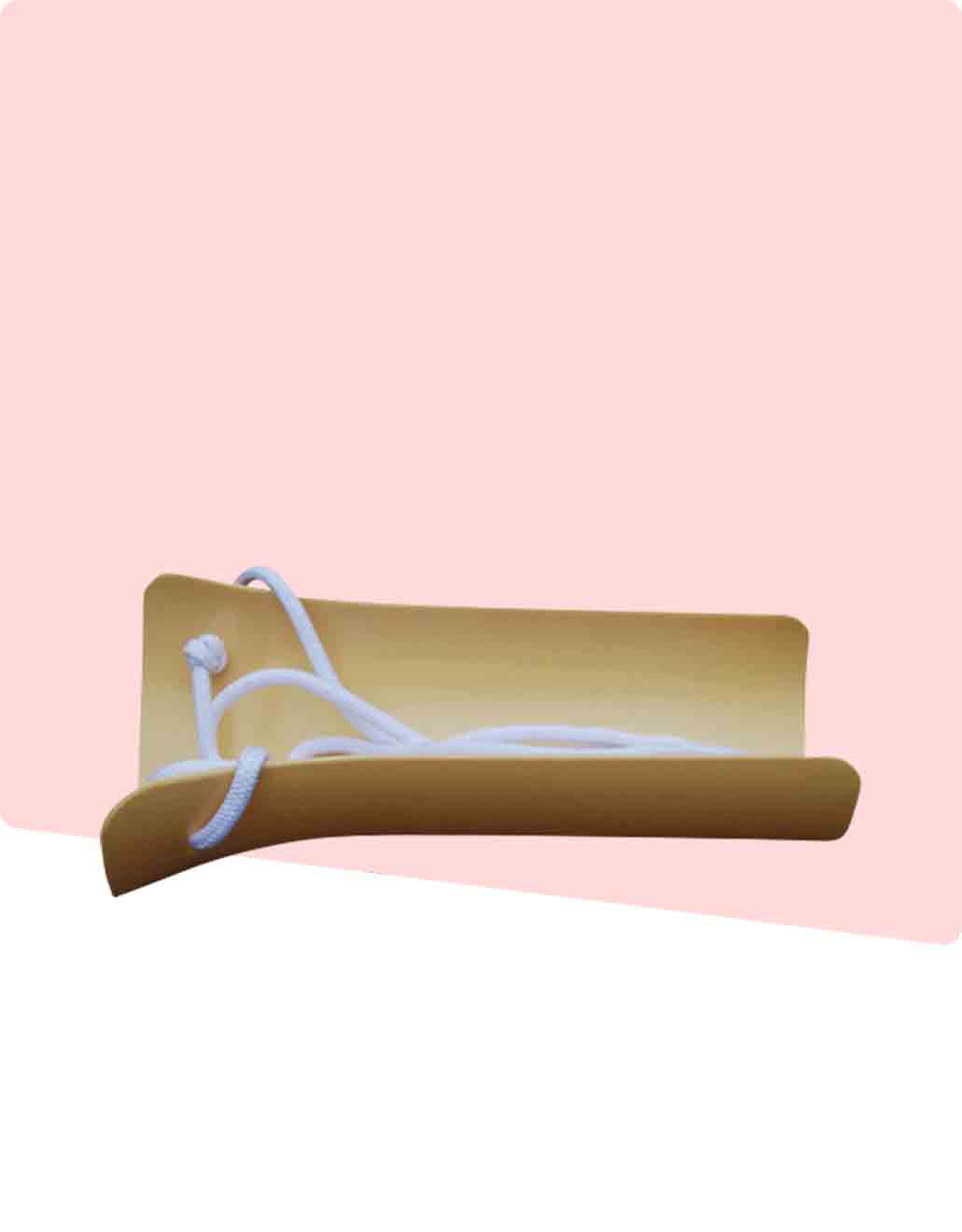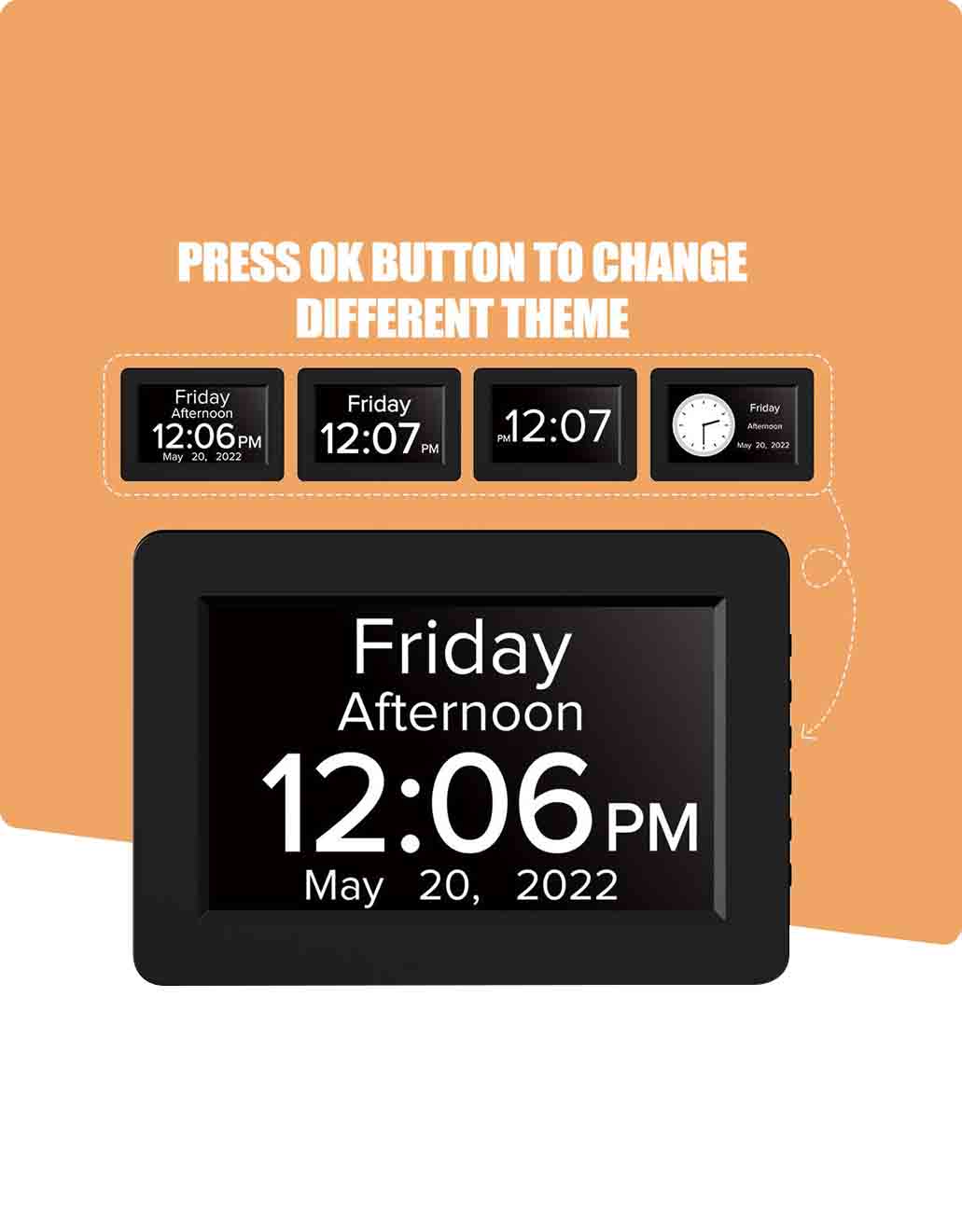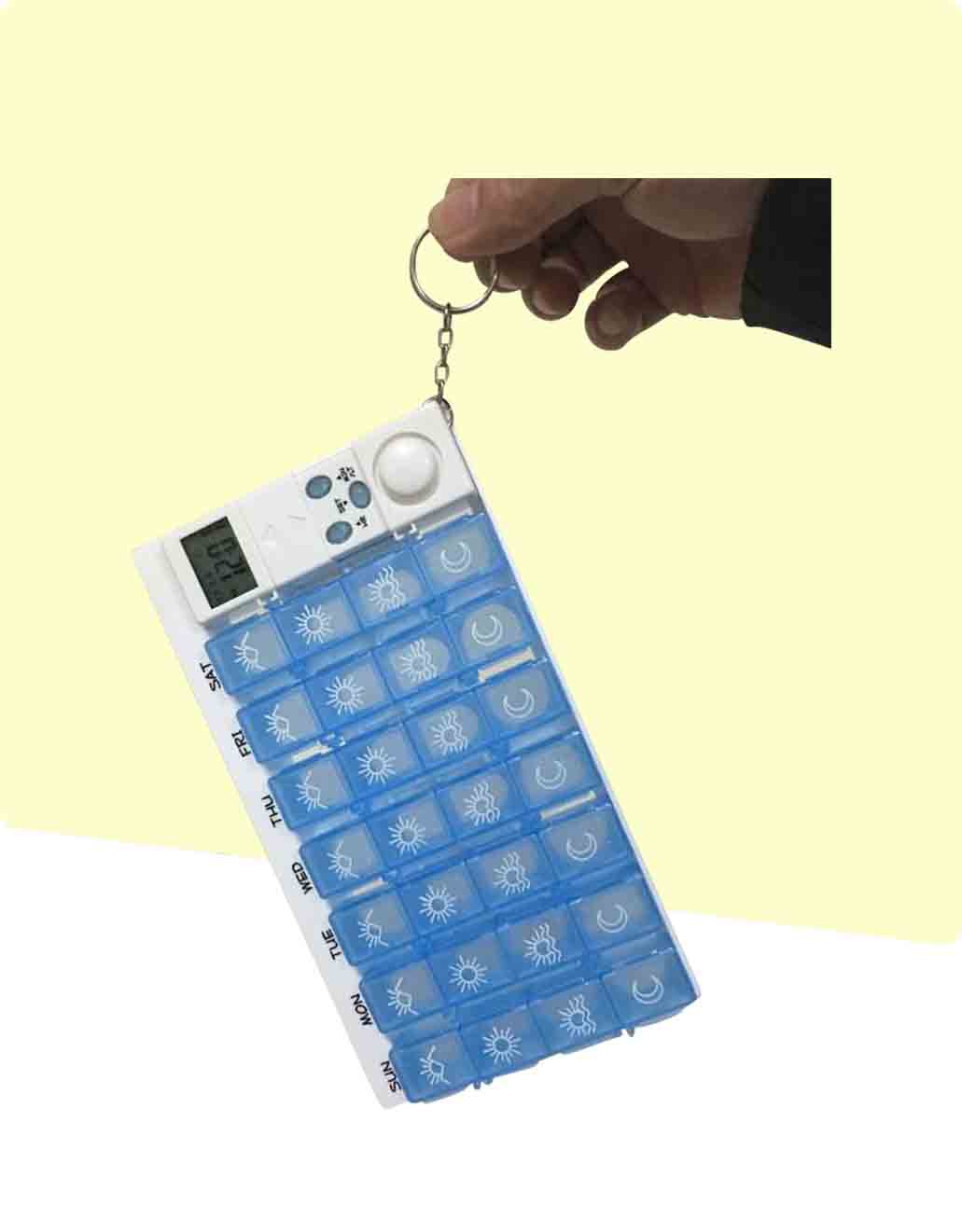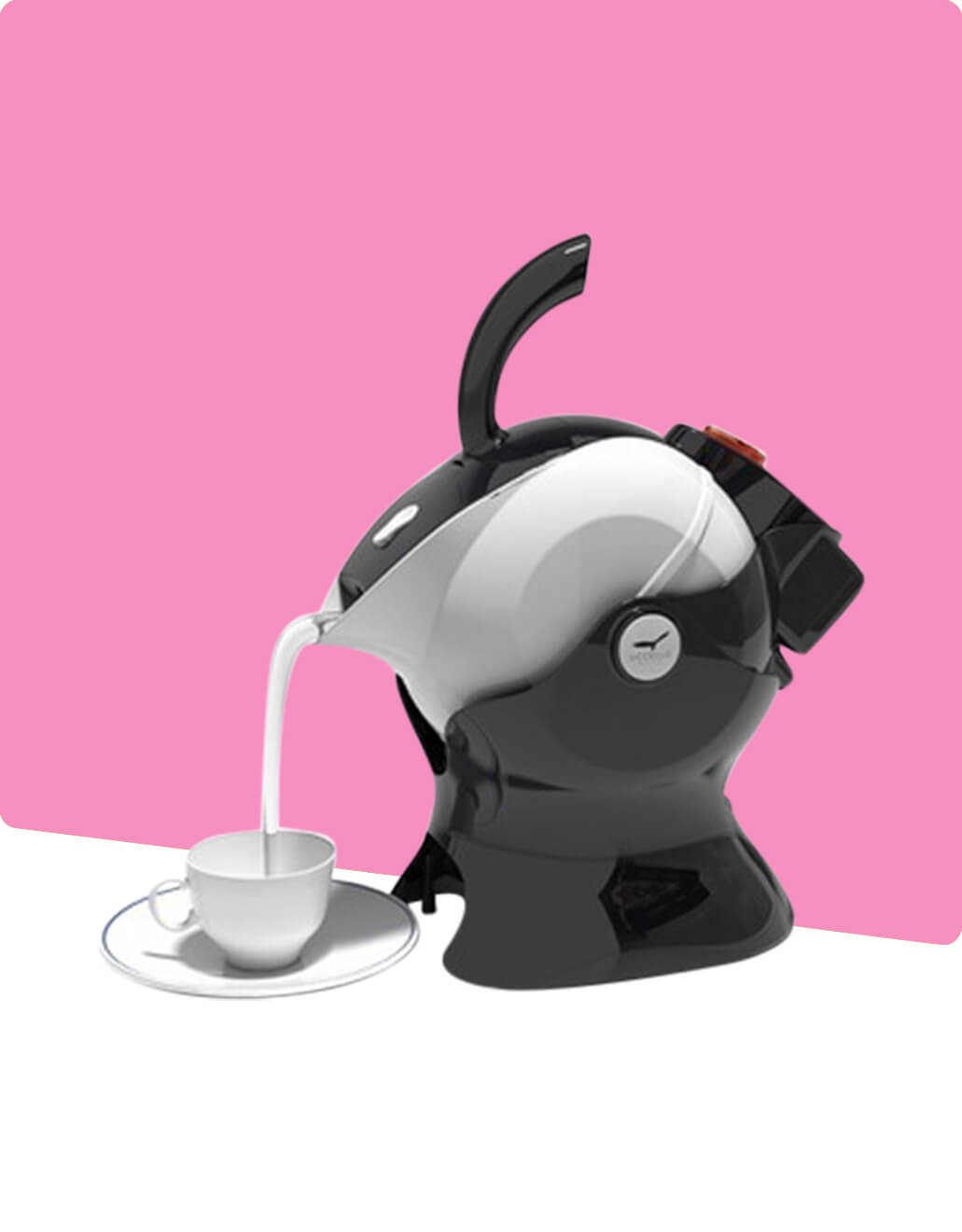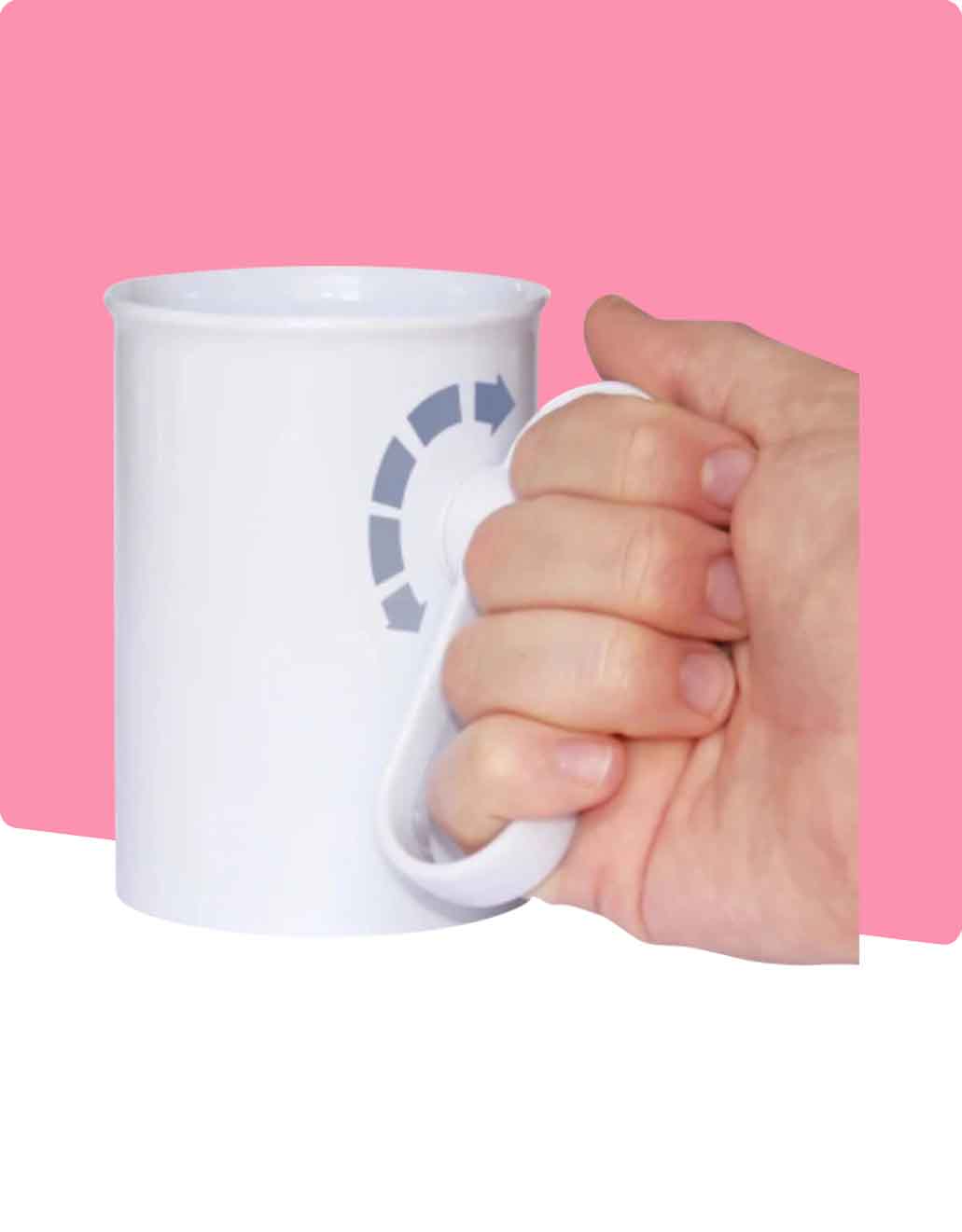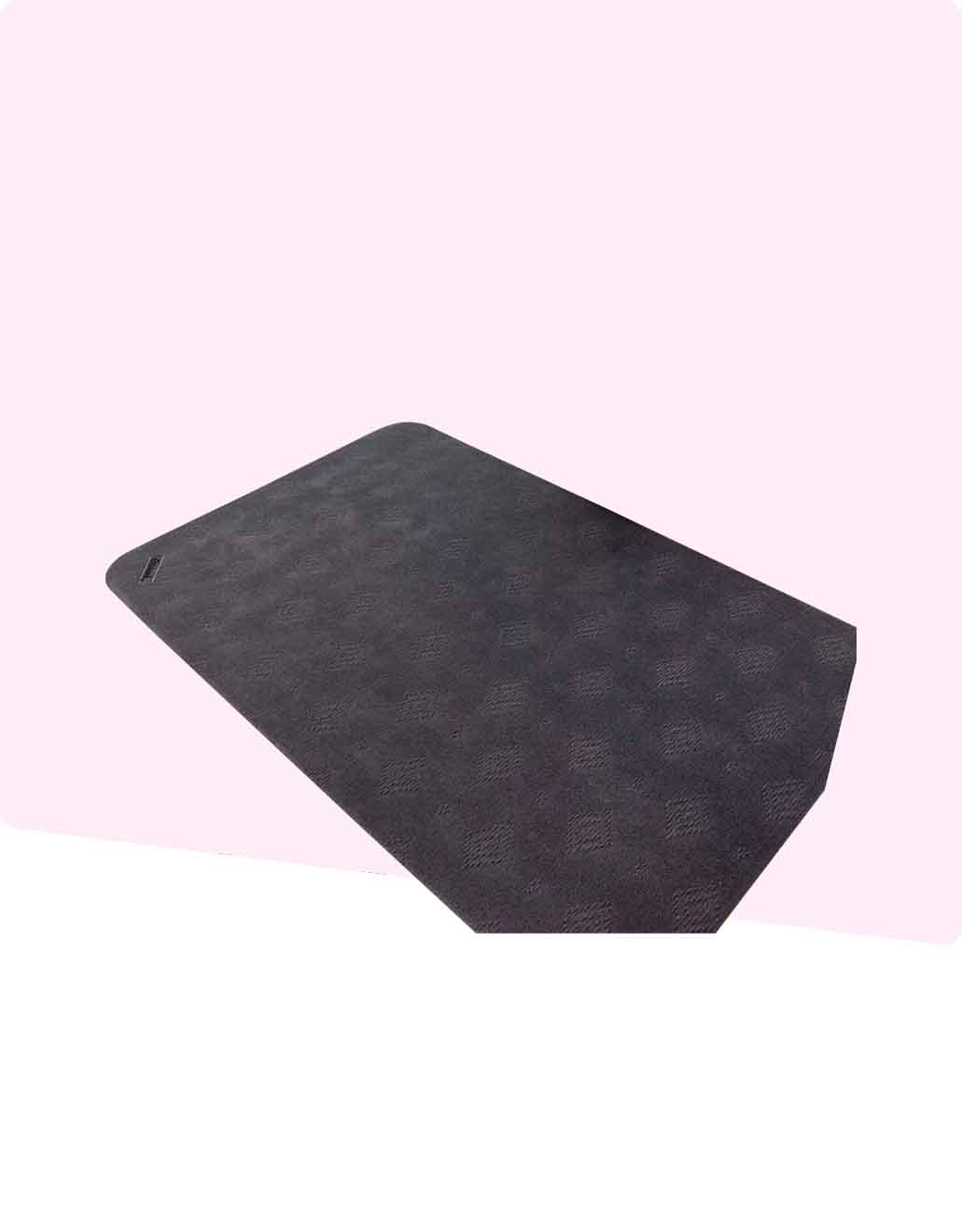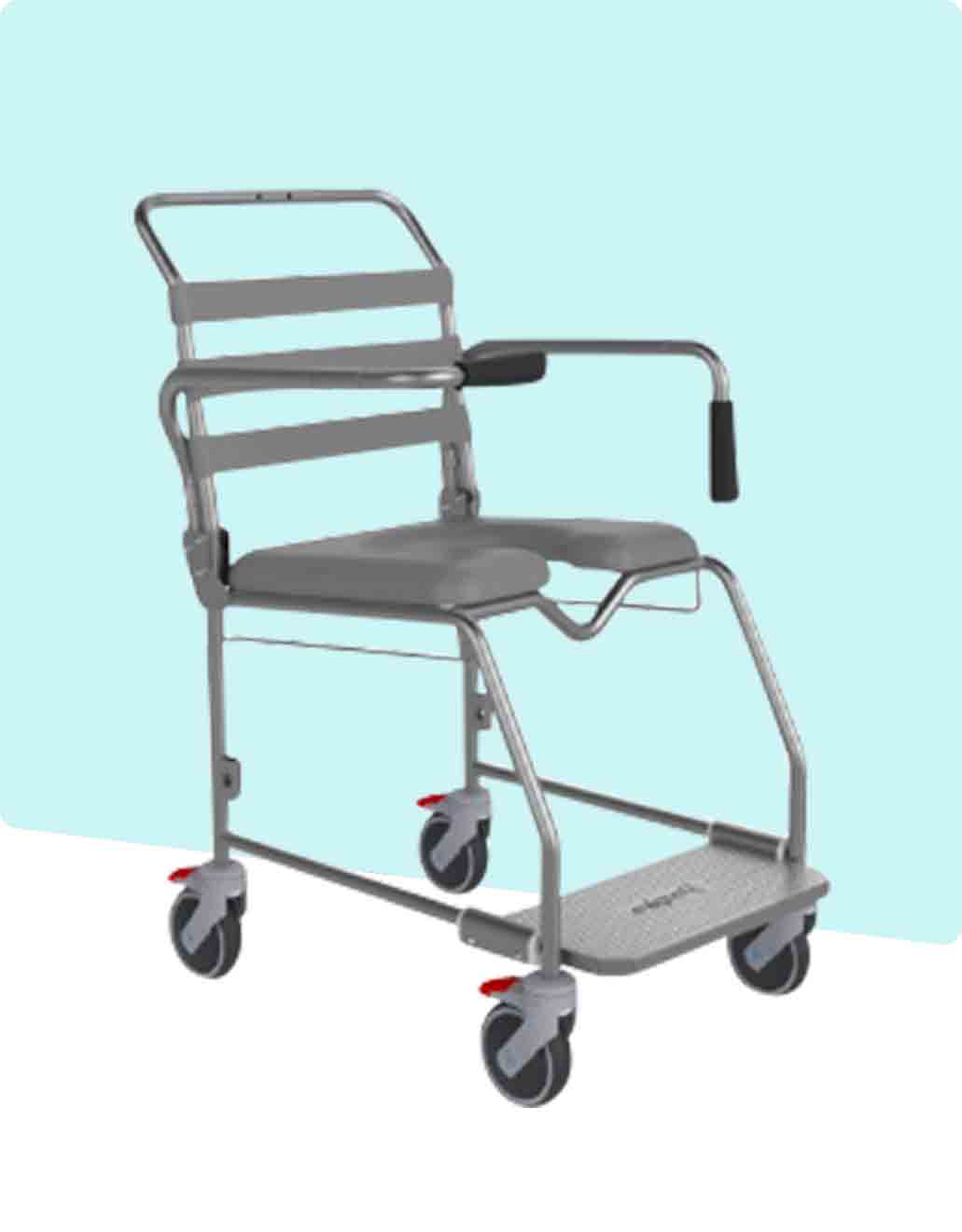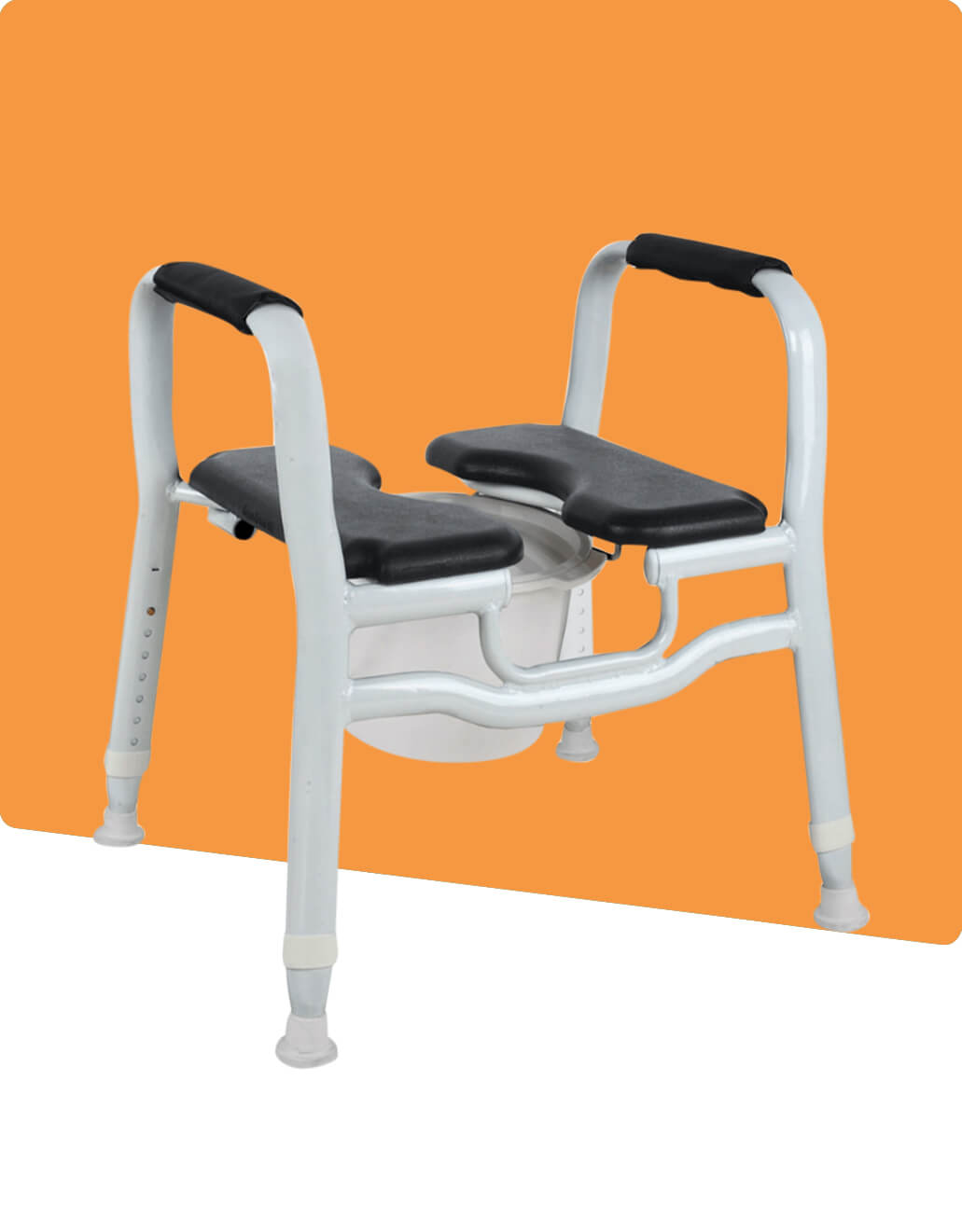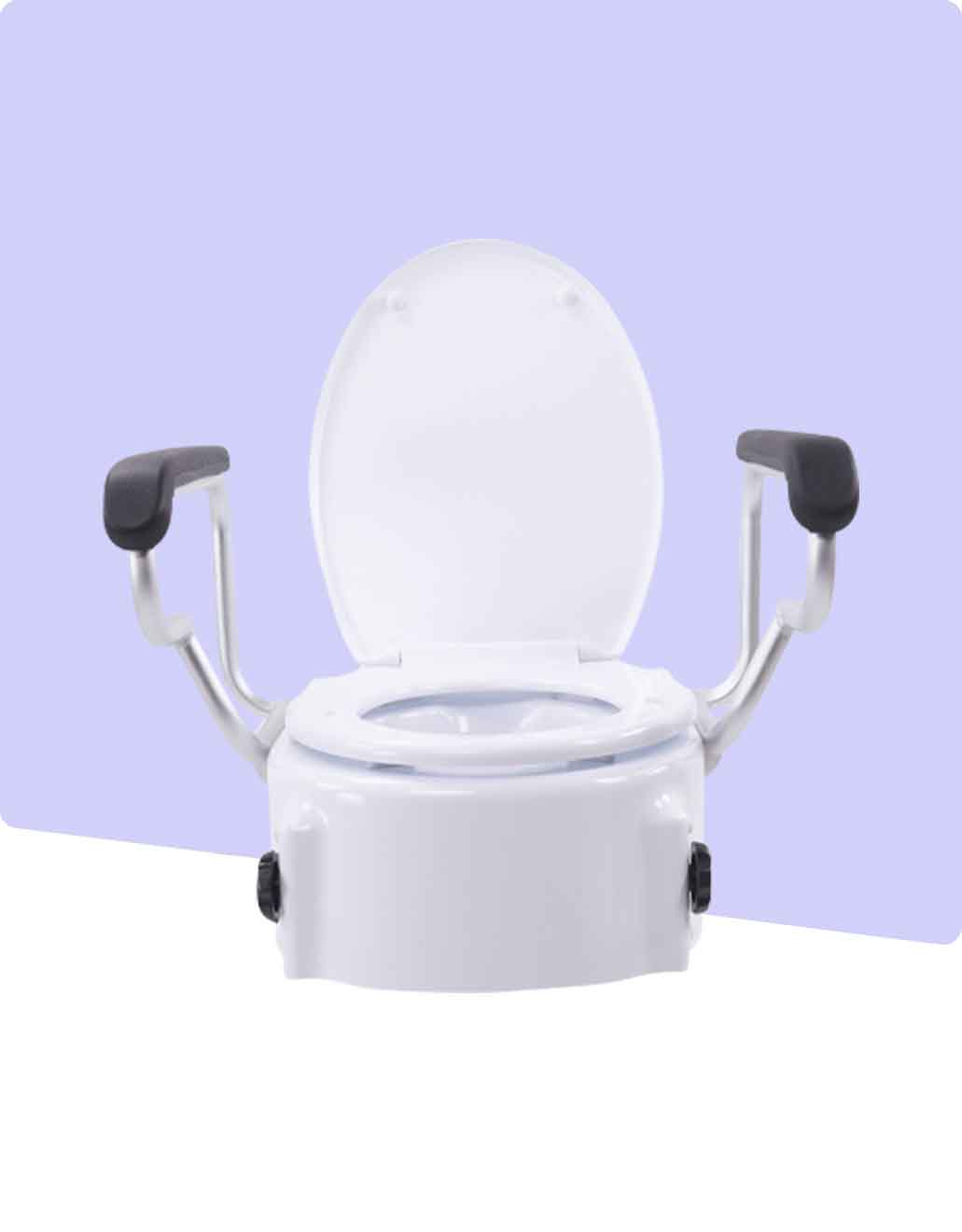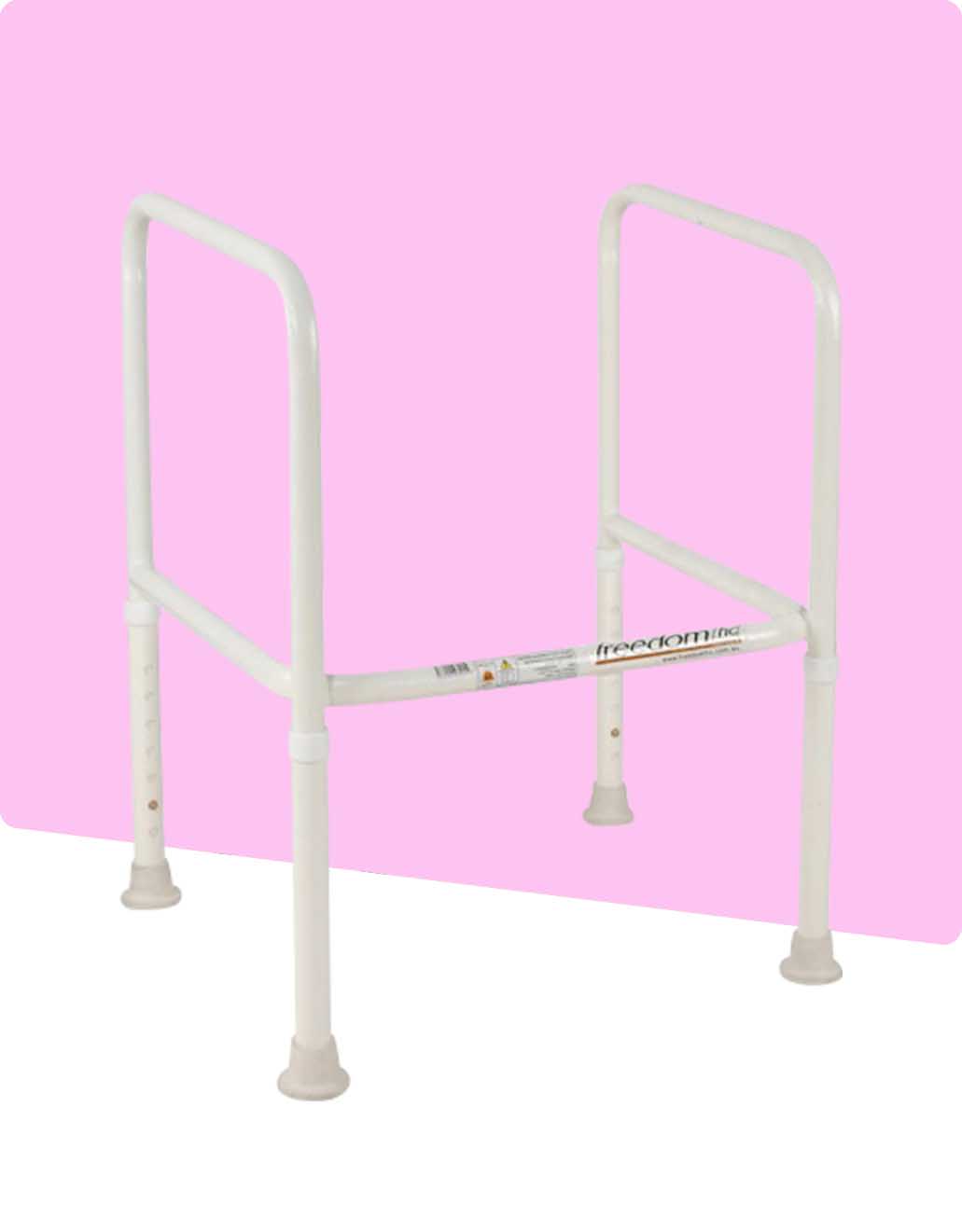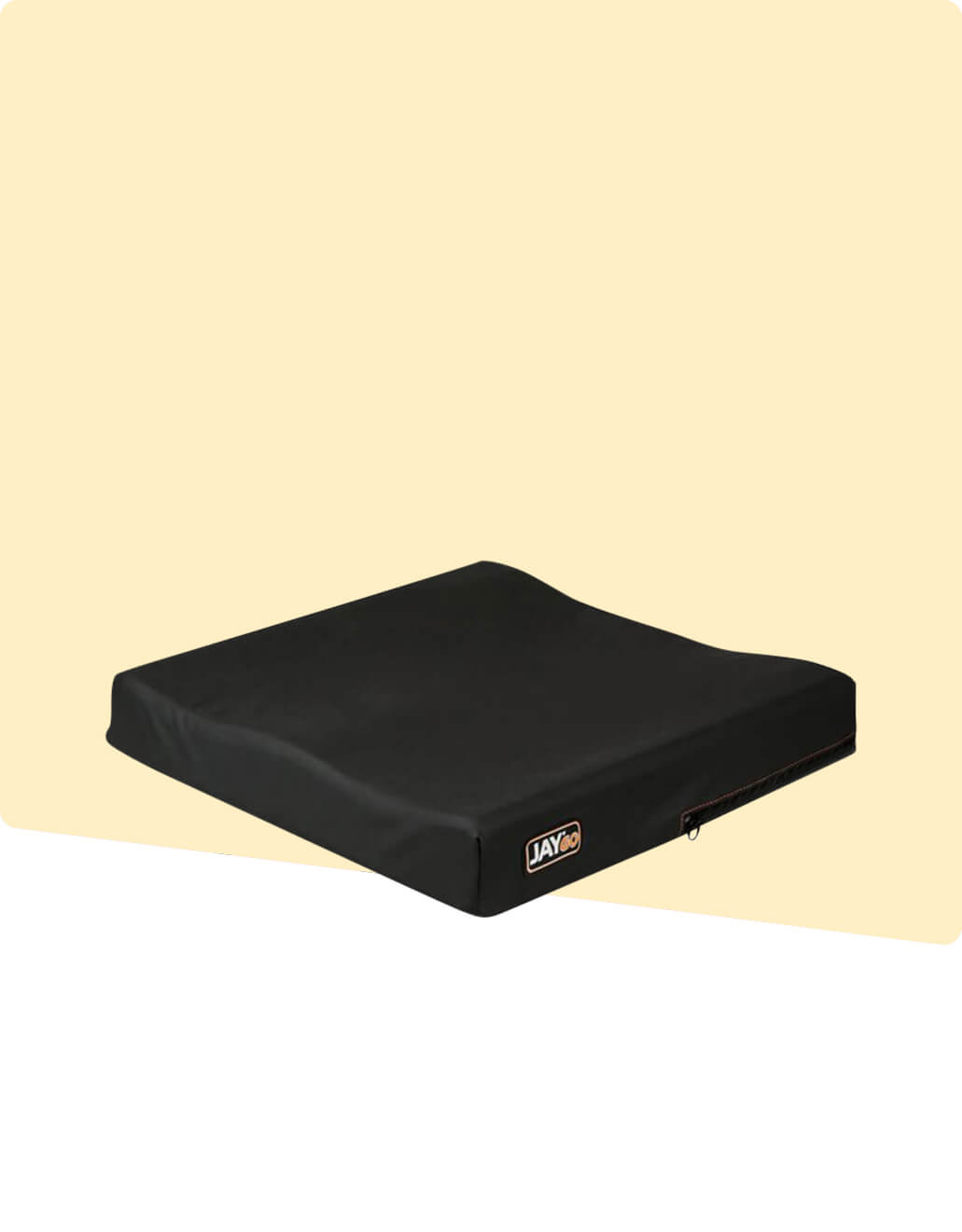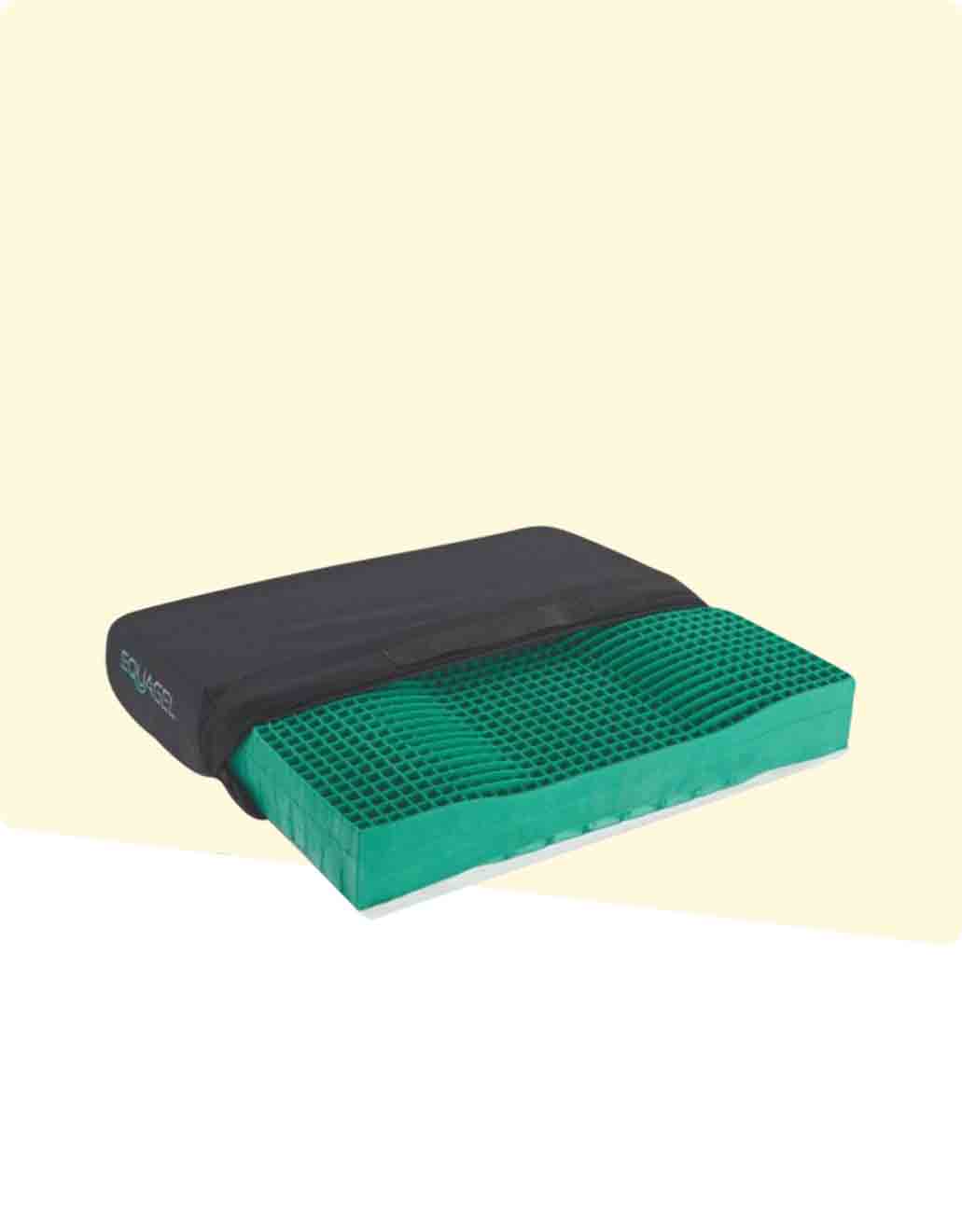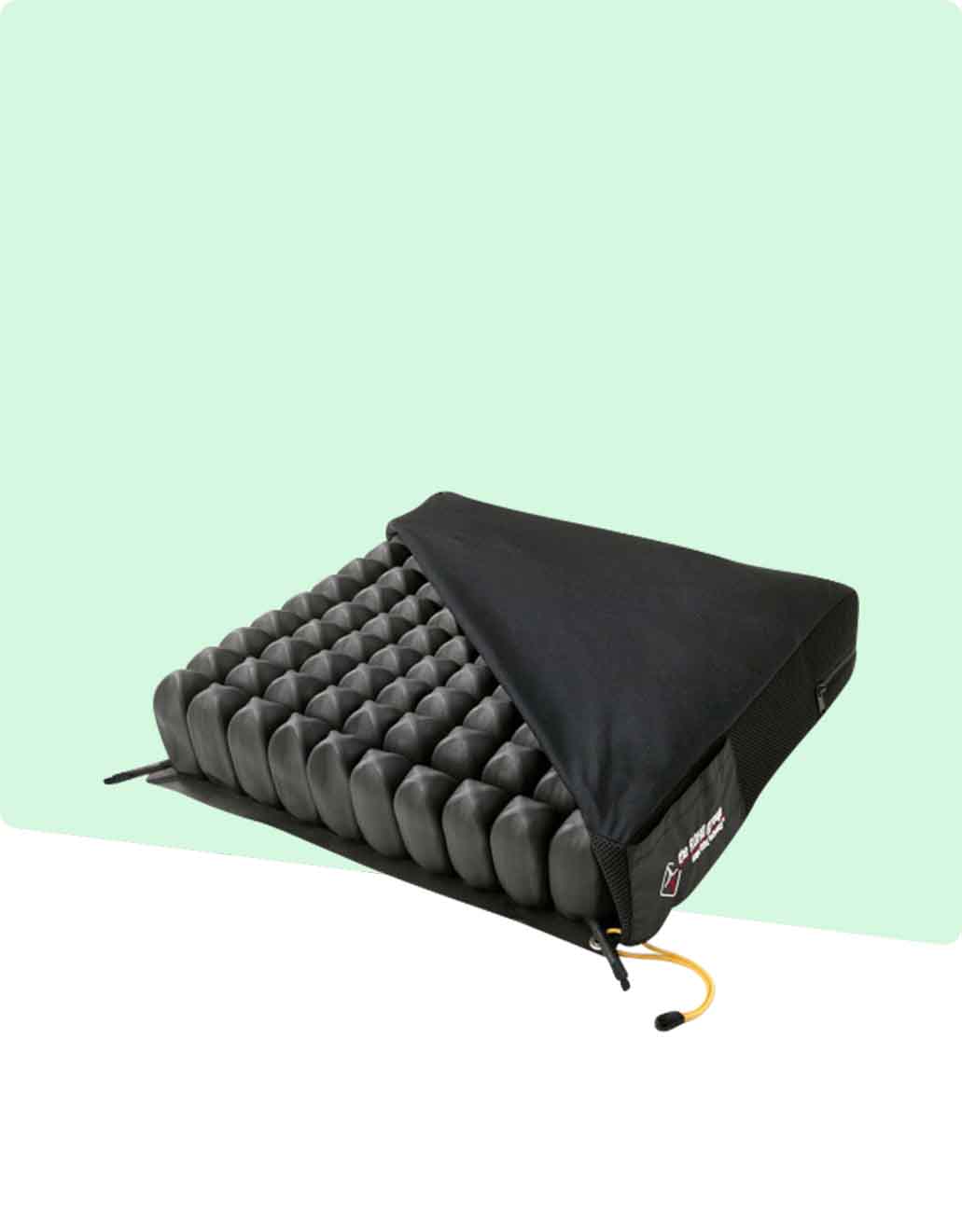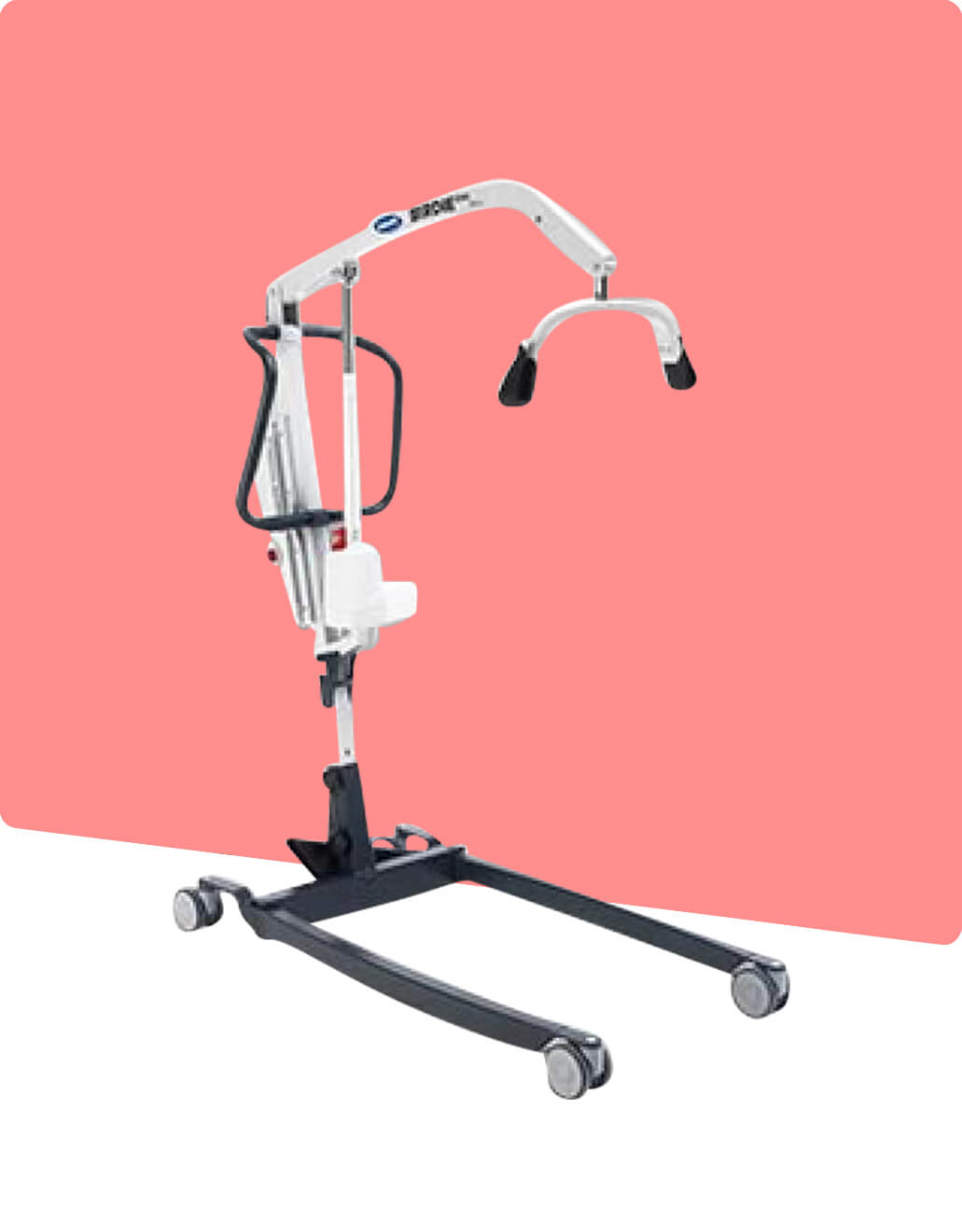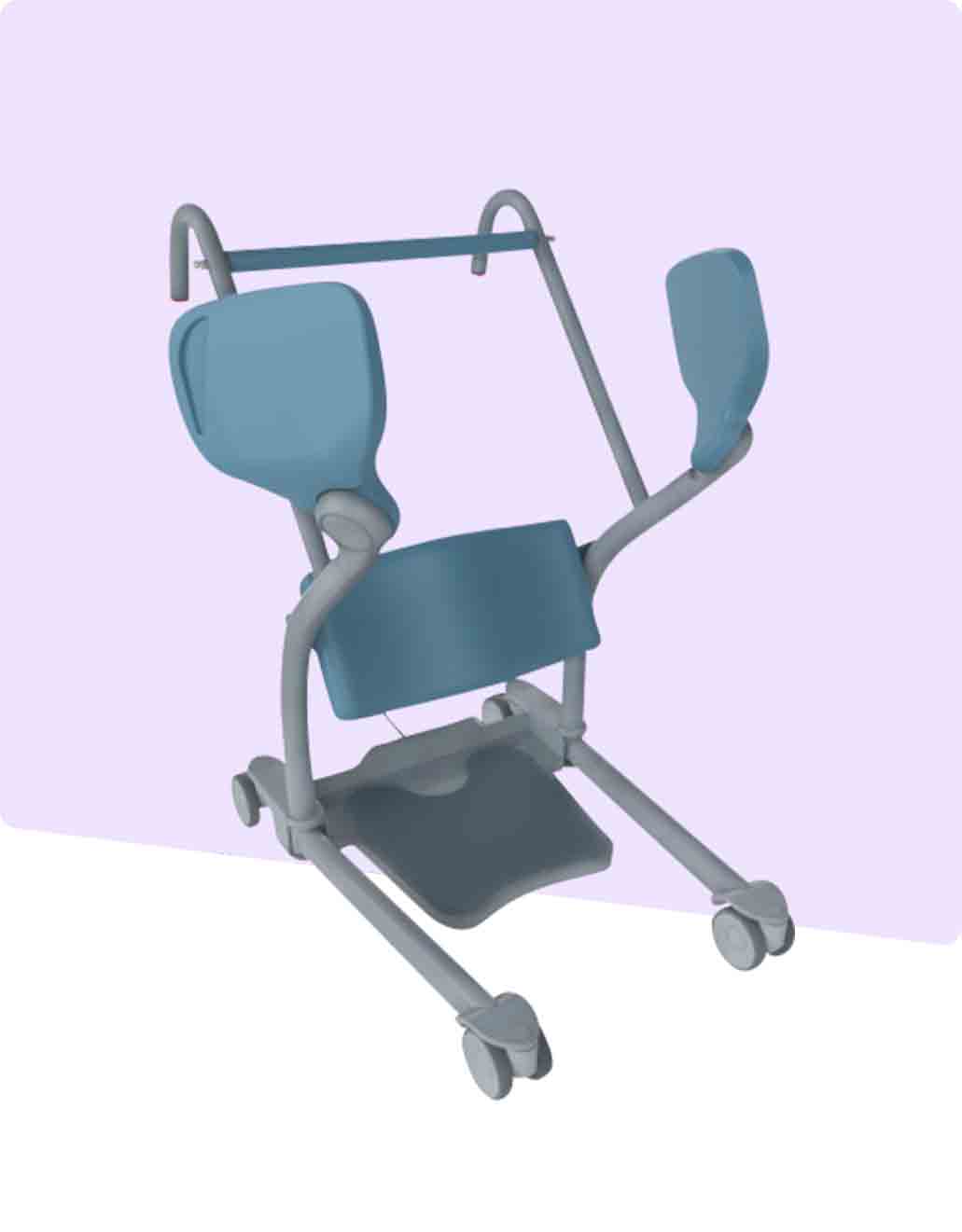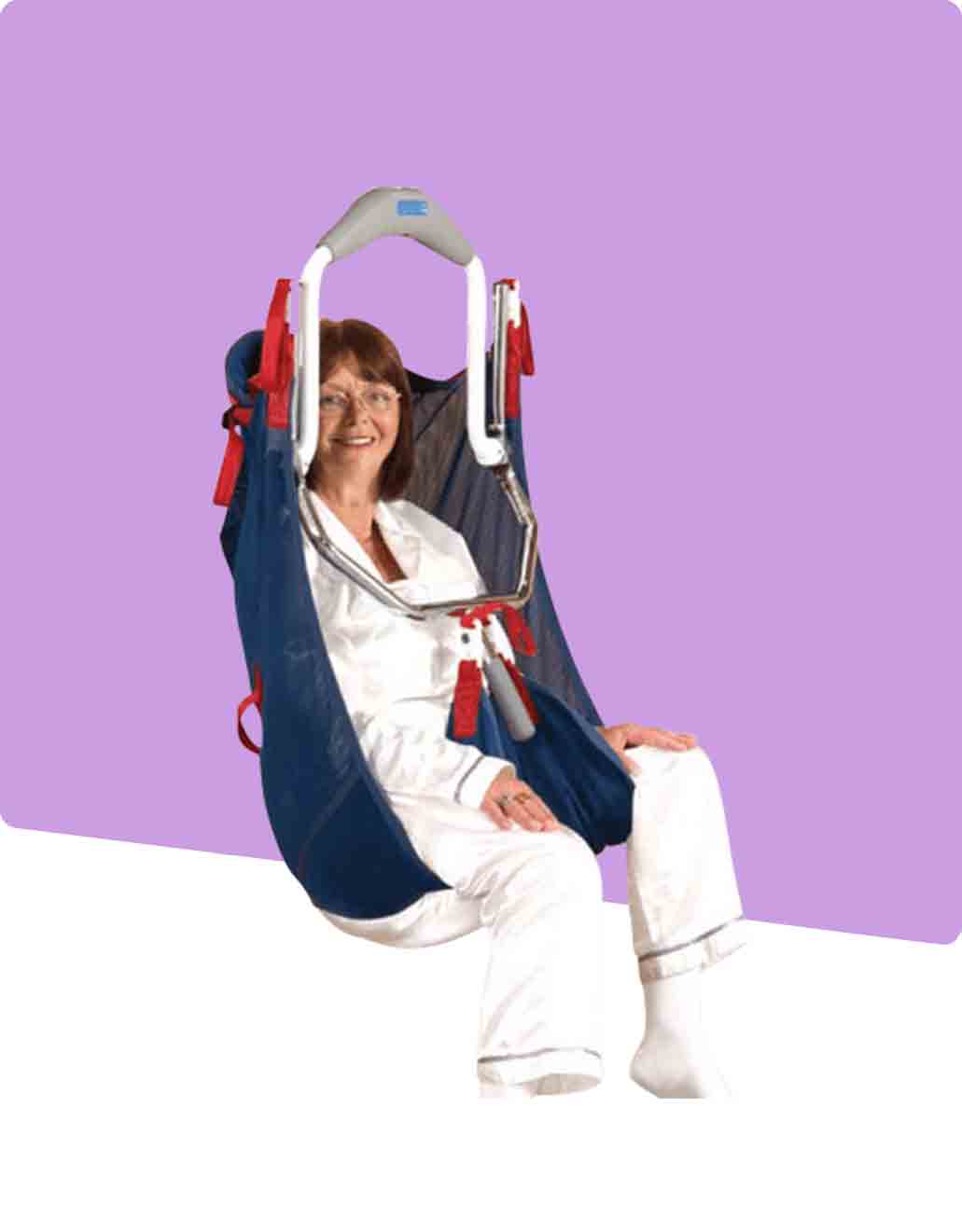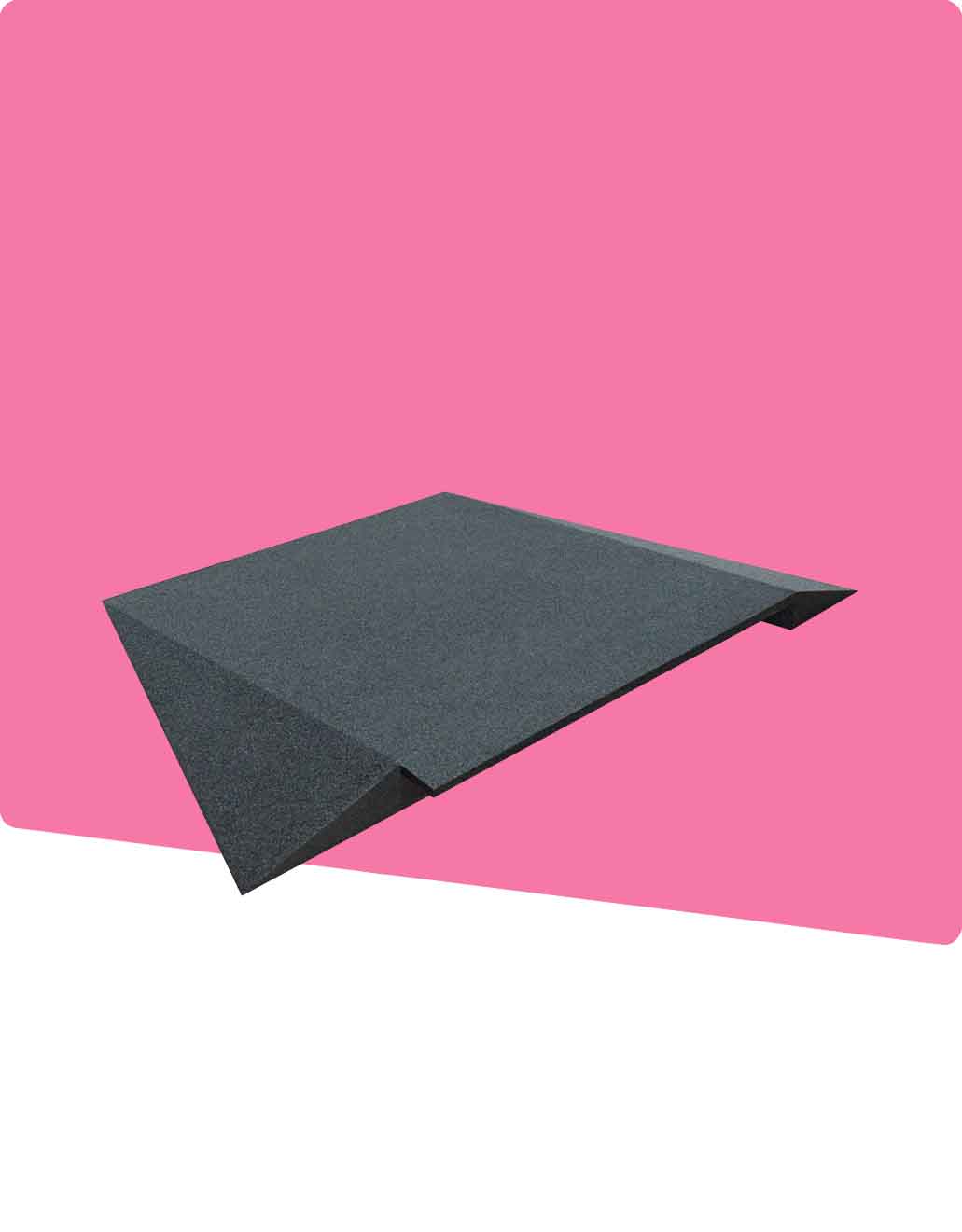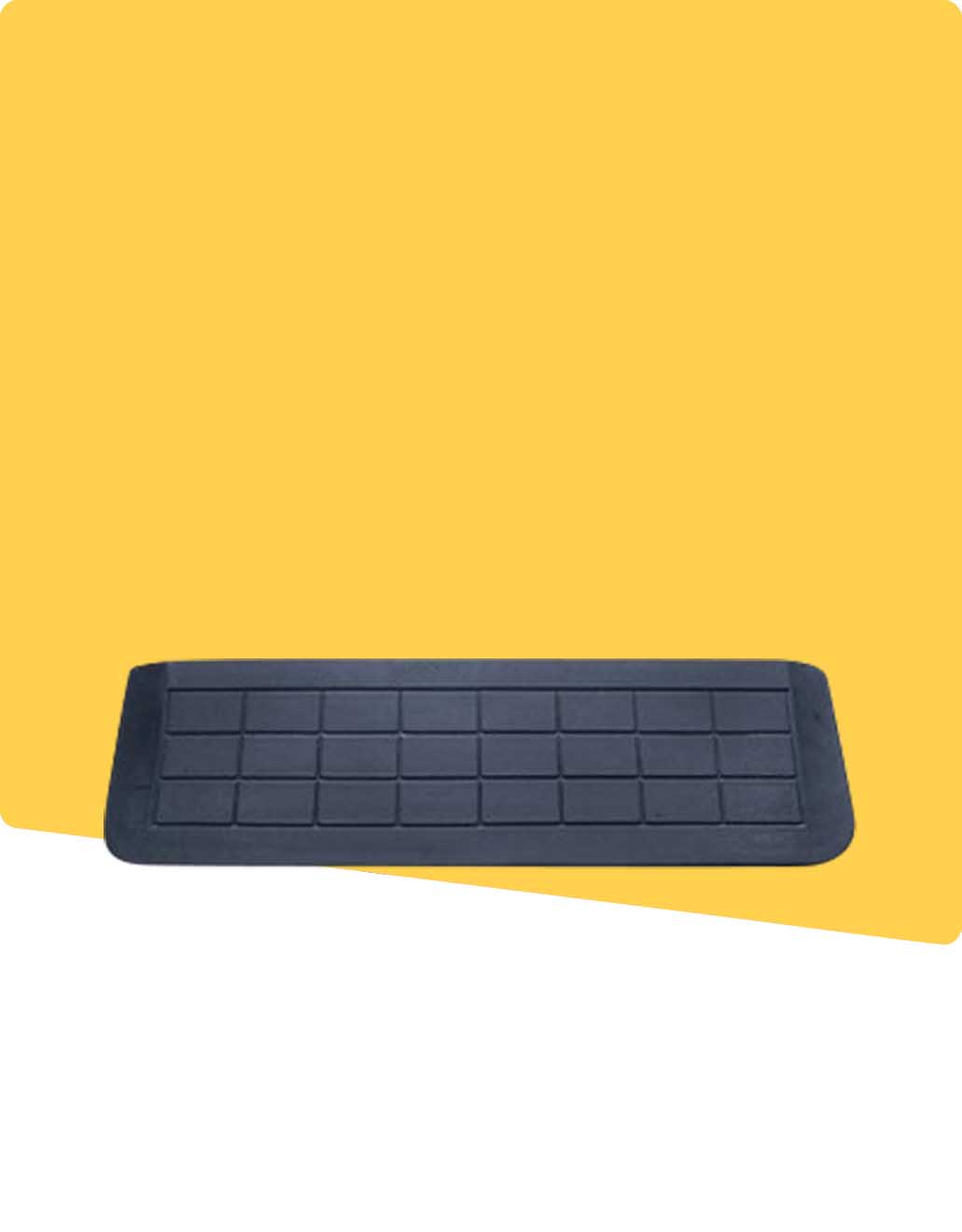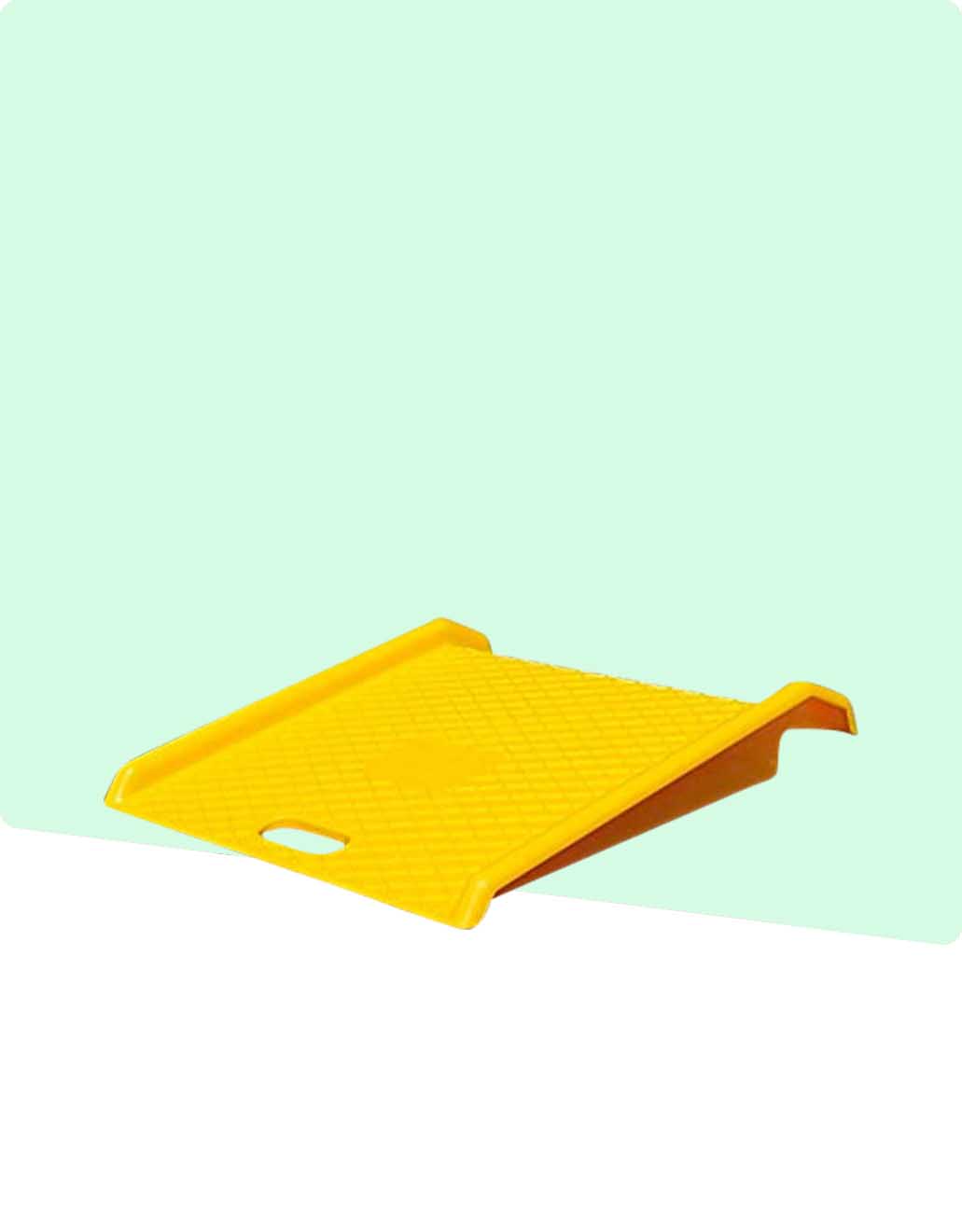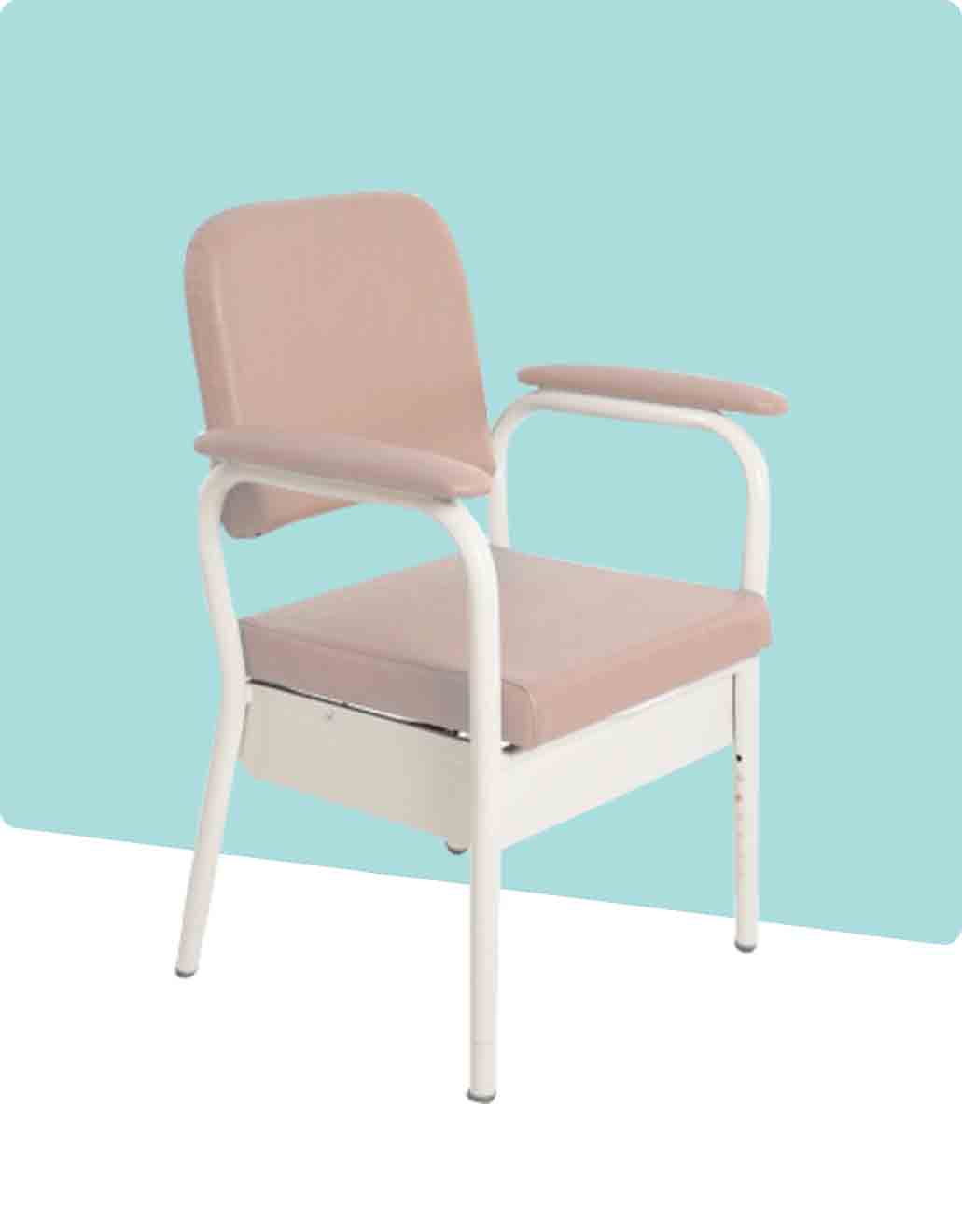What does an Occupational Therapist do?
by Deborah Batchelor on Oct 17, 2025
What Does an Occupational Therapist Do and How Adaptive Equipment Can Assist in That Process
When we think of healthcare professionals who help people recover, the first names that come to mind are often doctors, nurses or physical therapists. But there’s another vital professional whose work touches nearly every aspect of a person’s daily life - the Occupational Therapist (OT).
Occupational Therapist play an essential role in helping individuals regain independence, adapt to challenges and live fuller, more functional lives. Whether someone is recovering from an injury, living with a chronic condition or adapting to the effects of aging, an OT helps bridge the gap between medical care and everyday living.
A key part of their work involves the use adaptive equipment and products from Adaptive Equipment - specialised tools and aids designed to make daily activities easier, safer and more accessible. From mobility aids like walkers and wheelchairs to simple home tools like grabbers or dressing sticks, adaptive equipment is often the difference between dependence and independence.
In this article, we’ll explore in depth what occupational therapists do, the types of challenges they address, and how products from Adaptive Equipment supports their mission to help individuals thrive in their daily lives.
Understanding Occupational Therapy
Occupational Therapy is a healthcare profession focused on enabling people to participate in the activities (or 'occupations') that give their lives meaning. These occupations vary by person and can include everything from self-care tasks, work responsibilities, leisure activities, to social participation.
In simple terms, OTs help people 'do the things they need and want to do', despite any physical, cognitive, or emotional limitations they may face.
Occupational therapy is grounded in the belief that 'engagement in meaningful activities promotes health, well-being, and independence'. Instead of focusing solely on the medical aspects of a condition, OTs look at how that condition affects a person’s ability to function day to day - and then help them find practical solutions.
Who Do Occupational Therapists Work With?
OTs work across many settings - hospitals, rehabilitation centers, nursing homes, schools and private homes. Their clients range from newborns to older adults and their work is as diverse as the people they serve.
Here are a few examples of who might benefit from occupational therapy:
- Older adults experiencing decreased mobility, balance issues, or cognitive changes.
- People recovering from injury or surgery, such as hip replacement or stroke.
- Individuals with chronic illnesses, including arthritis, multiple sclerosis, or Parkinson’s disease.
- Children with developmental delays, autism spectrum disorders, or learning challenges.
- Workers who have sustained injuries and need help returning to their jobs safely.
No matter the client’s background, the ultimate goal is to 'enhance independence and quality of life' through a mix of therapy, education, and environmental adaptation.
The Role of an Occupational Therapist
An OT’s role is both broad and highly individualised. Here’s a breakdown of what they typically do:
1. Assessment and Evaluation
An OT begins by getting to know the client - their medical history, lifestyle, daily routines, and specific challenges. They assess both 'physical abilities' (like strength, coordination and balance) and 'cognitive or emotional factors' (like memory, problem-solving and motivation).
They might also evaluate the person’s 'home or work environment', looking for barriers that make daily activities difficult or unsafe.
2. Goal Setting
Once the evaluation is complete, the therapist and client work together to set personalised goals. These goals are meaningful to the client - things like 'getting dressed independently', 'returning to work' or 'cooking a meal safely'.
3. Intervention and Skill Building
OTs then develop a treatment plan that might include exercises, practice activities or cognitive training to help the client reach their goals.
For example:
- Teaching someone recovering from a stroke how to use their weaker hand more effectively.
-
Helping an older adult learn balance techniques to reduce the risk of falls.
- Guiding a person with arthritis in joint-protection strategies to minimise pain.
4. Environmental Modifications
Sometimes, the key to independence isn’t changing the person - it’s changing their environment. OTs may recommend modifications to a home or workplace, such as:
- Installing grab bars in the bathroom.
- Using a raised toilet seat.
- Rearranging kitchen items to reduce bending or reaching.
5. Recommending and Training on Adaptive Equipment
One of the most impactful parts of an OT’s work is introducing Adaptive Equipment - tools and devices that help clients overcome physical limitations and perform daily activities with greater ease.
What Is Adaptive Equipment?
Adaptive equipment (also known as assistive devices or mobility aids) and products from Adaptive Equipment refers to any item or tool designed to help a person complete tasks they might otherwise find difficult or impossible.
This can range from simple tools - like a jar opener or long-handled shoehorn - to more complex mobility aids, such as wheelchairs, scooters or stairlifts.
The goal of Adaptive Equipment is 'to promote independence, safety and participation in everyday life.
How Adaptive Equipment Supports Occupational Therapy
Adaptive equipment and products from Adaptive Equipment don't replace therapy - it complements it. It allows clients to 'practice functional tasks safely', maintain progress between therapy sessions, and regain confidence in their abilities.
Here are several key ways adaptive equipment assists in the occupational therapy process:
1. Enhancing Mobility and Independence
Mobility is often one of the first challenges addressed in therapy. OTs assess how safely and efficiently a person can move around their environment.
When movement is difficult due to injury, weakness, or balance problems, adaptive equipment can make a world of difference.
Examples include:
- Walkers and Rollators for stability and fall prevention.
- Wheelchairs or Mobility Scooters for individuals with limited endurance or paralysis.
- Canes for added balance during walking.
An OT not only helps clients choose the right equipment but also teaches them how to use it correctly - including safe maneuvering, posture and energy conservation.
This allows clients to stay mobile and engaged in their daily routines, rather than becoming housebound or dependent on others.
2. Improving Safety in Daily Activities
For individuals with physical limitations, simple tasks like bathing, dressing or cooking can become risky. Adaptive equipment minimises these risks by improving accessibility and reducing the likelihood of falls or injuries.
Examples include:
- Grab Bars and Shower Chairs for safer bathing.
- Non-slip Mats and Raised Toilet Seats for improved bathroom safety.
- Reachers and Dressing Sticks to eliminate bending or stretching that could cause strain.
By incorporating these tools, OTs help clients build confidence and maintain dignity in performing self-care activities independently.
3. Supporting Rehabilitation After Injury or Illness
After an event such as a stroke, surgery, or fracture, adaptive equipment can act as a bridge during recovery.
An OT might recommend:
- One-handed cutting boards or utensils for clients with limited arm function.
- Elastic shoelaces or Velcro fastenings for those with reduced dexterity.
- Adaptive writing tools for fine motor retraining.
As clients regain function, the therapist can gradually wean them off certain aids or introduce more advanced tools, ensuring progress without frustration.
4. Reducing Pain and Fatigue
For people with chronic conditions like arthritis, multiple sclerosis, or COPD, pain and fatigue can make even simple tasks exhausting.
OTs help clients 'conserve energy and protect joints' using adaptive tools such as:
- Jar openers and ergonomic handles to reduce joint strain.
- Reclining wheelchairs or adjustable beds for comfort and posture control.
- Long-handled cleaning tools to avoid unnecessary bending or reaching.
By reducing physical stress, these aids enable individuals to focus on living rather than struggling.
5. Facilitating Participation in Meaningful Activities
Occupational therapy isn’t just about survival - it’s about 'living fully'. Adaptive equipment can help people re-engage in hobbies, work and social life.
For example:
- Adaptive kitchen tools let someone with limited hand strength enjoy cooking again.
- Modified gardening tools allow older adults to continue a favourite pastime.
- Speech or writing aids help individuals with communication difficulties stay socially connected.
The sense of fulfilment from doing what you love - even with adaptations - is deeply therapeutic.
6. Enabling Aging in Place
One of the biggest goals for older adults is to remain in their own homes for as long as possible. Occupational therapists are instrumental in making that a reality through home assessments and adaptive recommendations.
Adaptive equipment for aging in place may include:
- Stairlifts or ramps.
- Bed rails for easier transfers.
- Motion-sensor lights to prevent nighttime falls.
- Adaptive utensils and dishes for easier eating.
These tools, combined with professional OT guidance, can drastically reduce the need for assisted living or nursing home care.
How Occupational Therapists Choose the Right Equipment
Not every piece of adaptive equipment suits every individual. OTs carefully evaluate 'fit, functionality, and safety' before making recommendations.
Here’s how they typically decide what’s best:
- Assessment of Needs: What specific activity is difficult for the client?
- Trial and Adjustment: Many OTs have sample devices for clients to test during sessions.
- Customisation: Equipment may be modified for height, grip, or positioning.
- Training: Clients are taught how to use the device safely and effectively.
- Follow-Up: OTs check progress and adjust recommendations as needs evolve.
This personalised approach ensures the equipment truly supports the client’s independence rather than becoming unused clutter.
The Emotional Impact of Adaptive Equipment
Beyond the physical benefits, Adaptive Equipment also brings 'emotional and psychological empowerment'. Many clients describe a renewed sense of control and confidence once they can complete tasks independently again.
For example:
- Being able to bathe without assistance restores dignity.
- Cooking a meal for family again brings joy and pride.
- Moving freely without fear of falling reduces anxiety.
Occupational therapy - supported by adaptive equipment - helps people reclaim parts of their identity that may have been lost due to illness or aging.
Real-World Examples of Adaptive Equipment in Action
To illustrate how transformative these tools can be, here are a few brief case examples:
Case 1: Post-Stroke Recovery
After a mild stroke, John lost some use of his right hand. His OT introduced one-handed kitchen tools, a rocker knife and a plate guard so he could eat independently. As his coordination improved, the equipment was adjusted, eventually helping him return to preparing his own meals.
Case 2: Arthritis Management
Mary, a 70-year-old with severe arthritis, struggled with dressing and grooming. Her OT provided a button hook, a long-handled shoehorn and a hairbrush with an extended grip. These simple changes reduced her pain and frustration, restoring her morning routine.
Case 3: Fall Prevention in Older Adults
Tom’s OT identified trip hazards in his home and recommended grab bars, a Rollator Walker and better lighting. These modifications not only improved his safety but gave him the confidence to move around his home freely again.
Integrating Adaptive Equipment Into Everyday Life
The key to successful use of Adaptive Equipment is 'integration' - making the devices part of daily routines rather than special tools.
OTs often advise:
- Keeping equipment within easy reach.
- Practicing with it regularly until it feels natural.
- Involving family members or caregivers in training.
- Maintaining equipment to ensure safety and reliability.
When adaptive tools become second nature, clients can focus less on their limitations and more on living life to the fullest.
The Partnership Between Occupational Therapists and Equipment Providers
Many occupational therapists collaborate with 'mobility aid suppliers and adaptive equipment stores' to ensure clients have access to reliable, high-quality products.
A trusted supplier can provide:
- Product trials and fittings.
- Custom modifications.
- Maintenance and servicing.
This partnership ensures clients receive both professional guidance and practical support - making the process of acquiring and using adaptive equipment smooth and effective.
Conclusion: Empowerment Through Adaptation
Occupational therapy is ultimately about empowerment - helping people participate in life as fully as possible, no matter their challenges.
Adaptive Equipment plays a crucial role in that journey. By breaking down barriers to mobility, safety, and independence, these tools allow people to continue doing what matters most to them.
Whether it’s getting dressed without assistance, walking to the garden, or cooking a favourite meal, Adaptive Equipment transforms what might seem impossible into something achievable.
Through the combined efforts of 'skilled occupational therapists and thoughtful use of adaptive equipment', individuals can regain control, confidence, and joy in everyday life.
In summary:
Occupational therapists don’t just treat conditions - they help people live. And adaptive equipment is one of the most powerful allies in that mission. Together, they create a pathway to greater independence, safety, and well-being for individuals of all ages and abilities.

